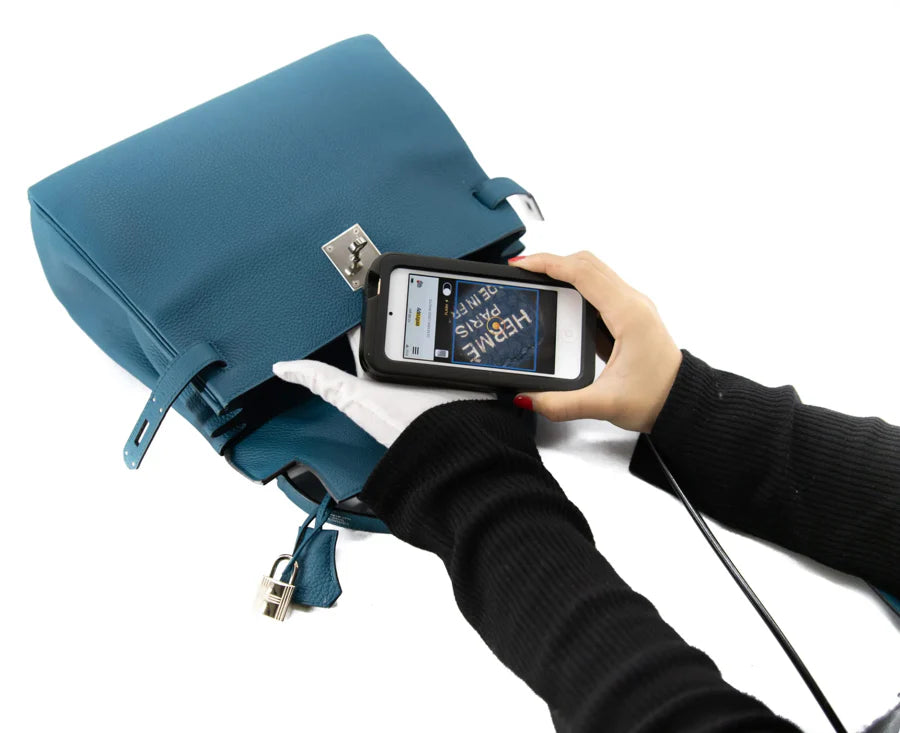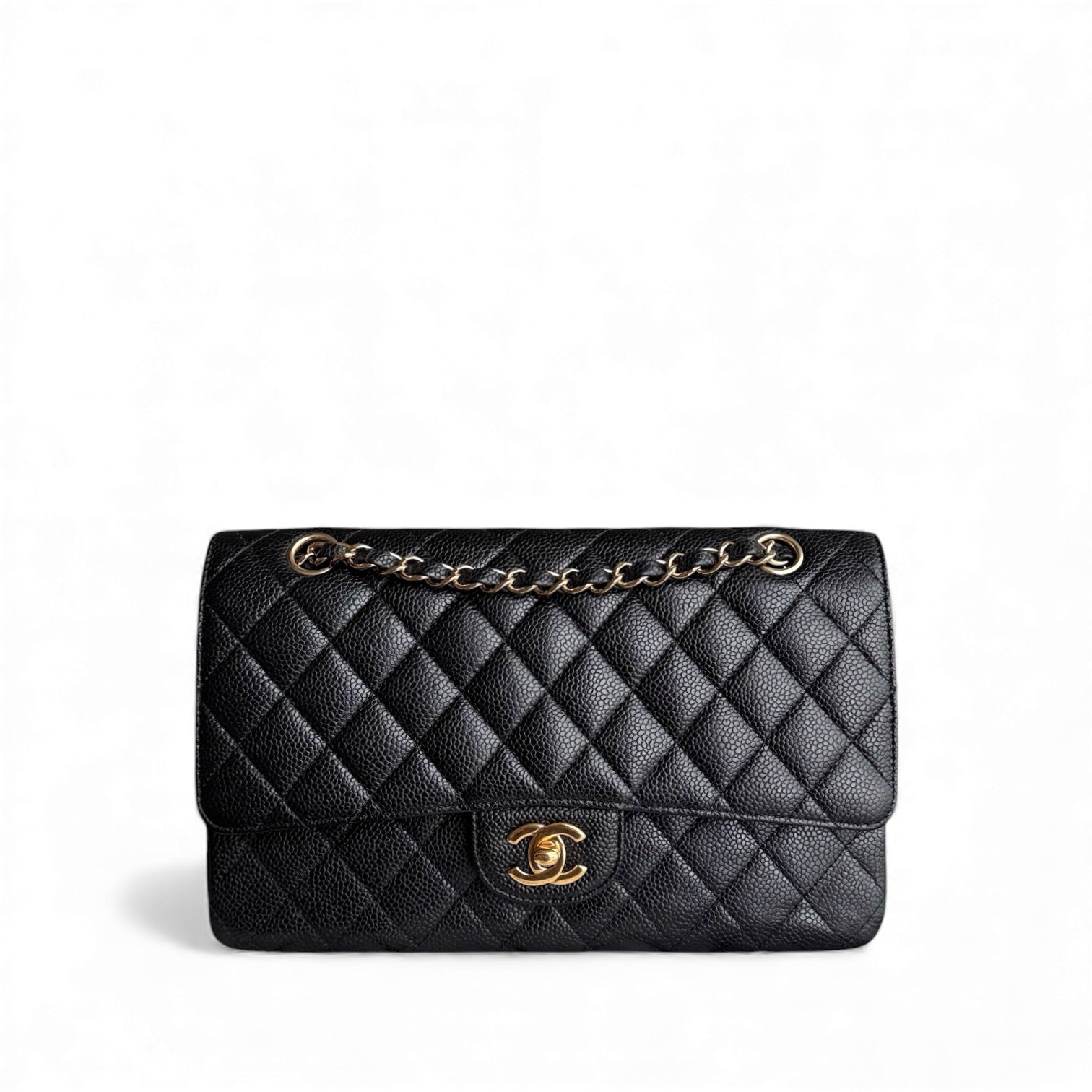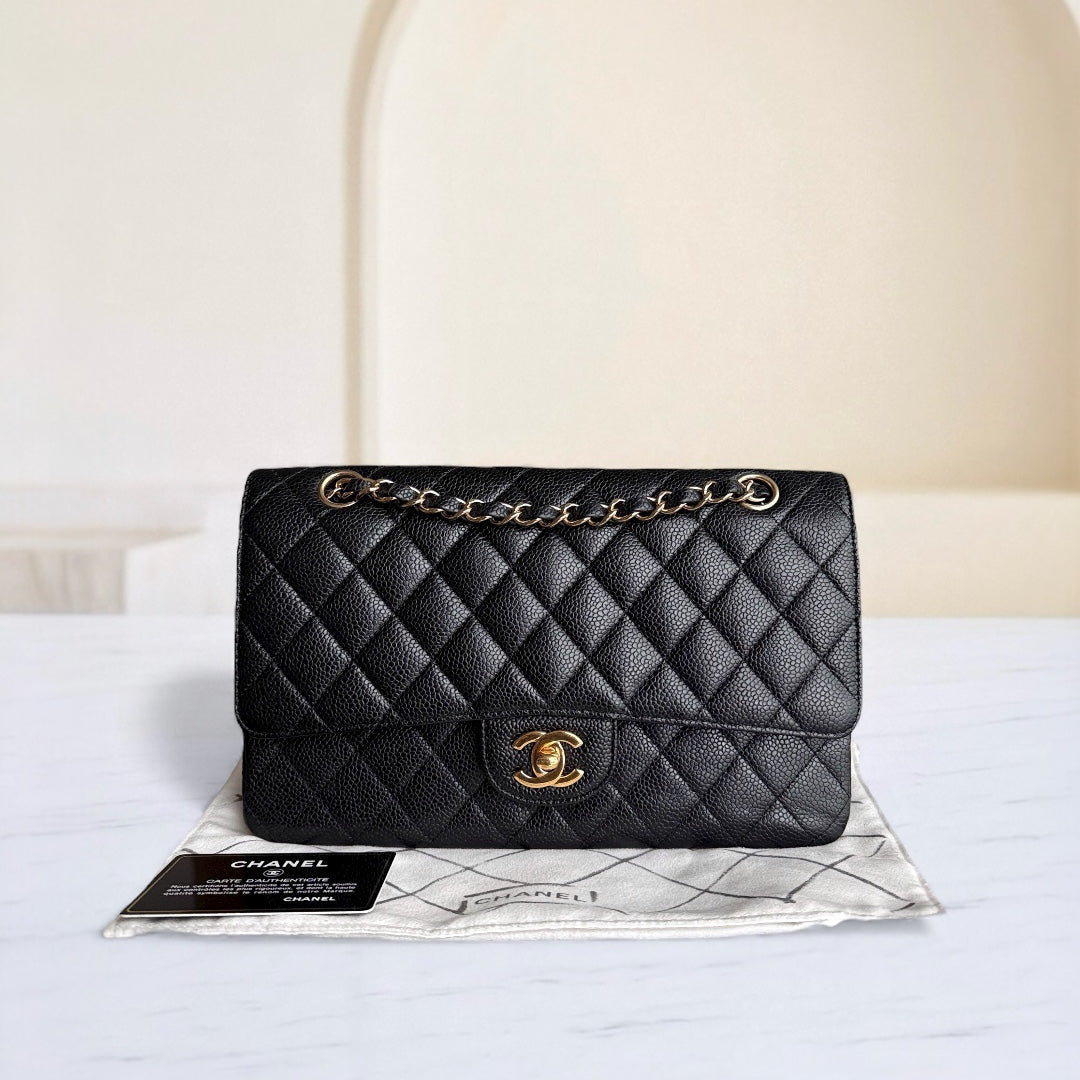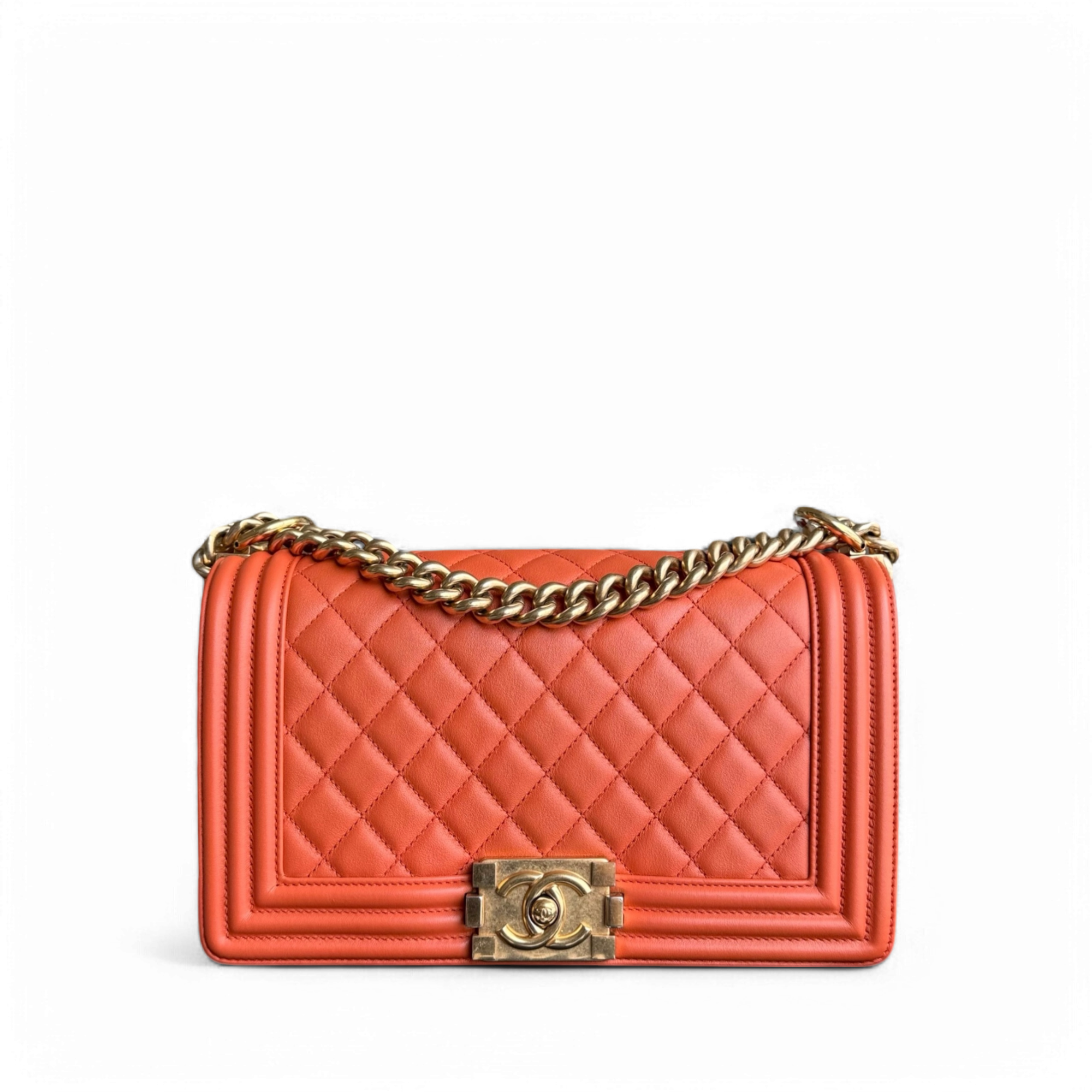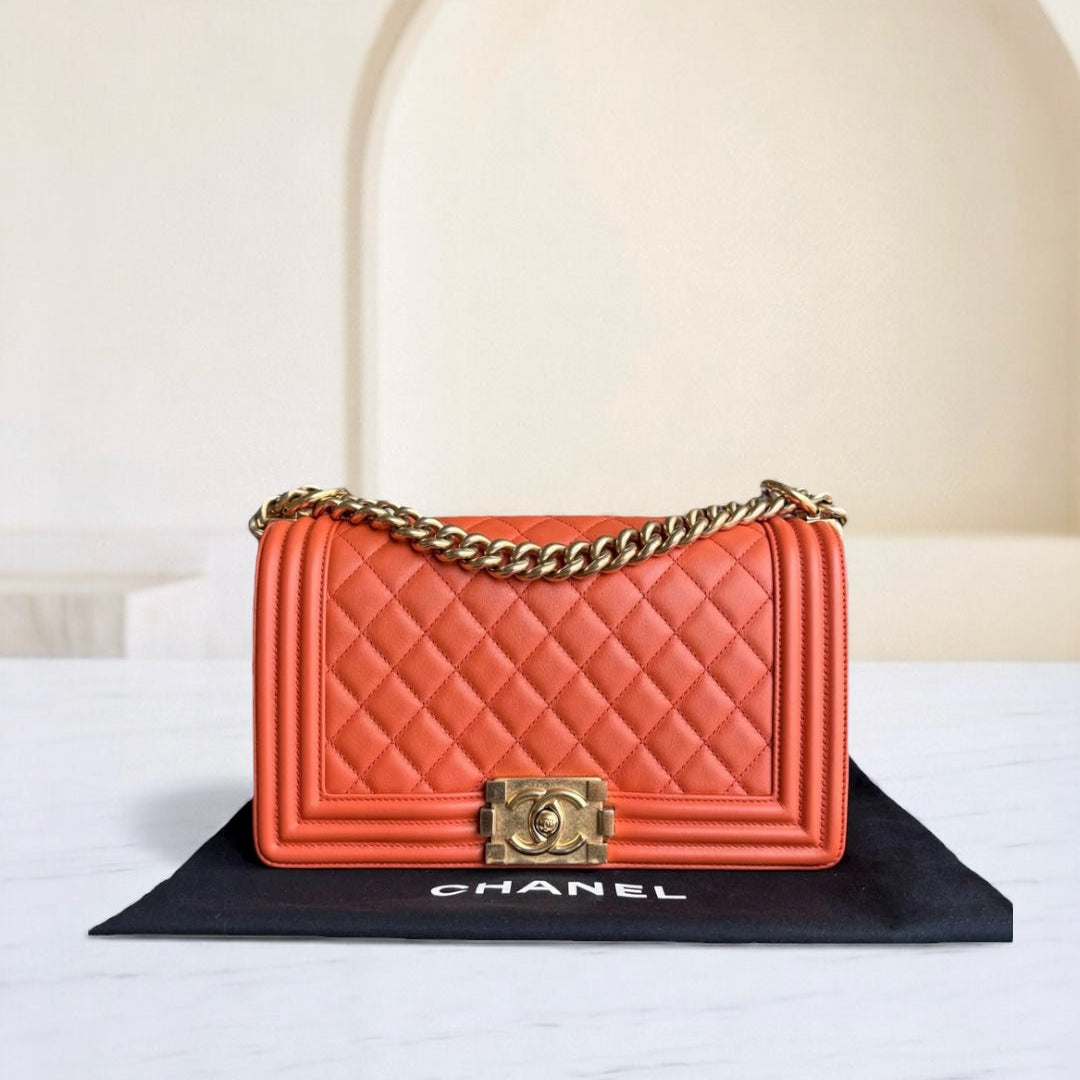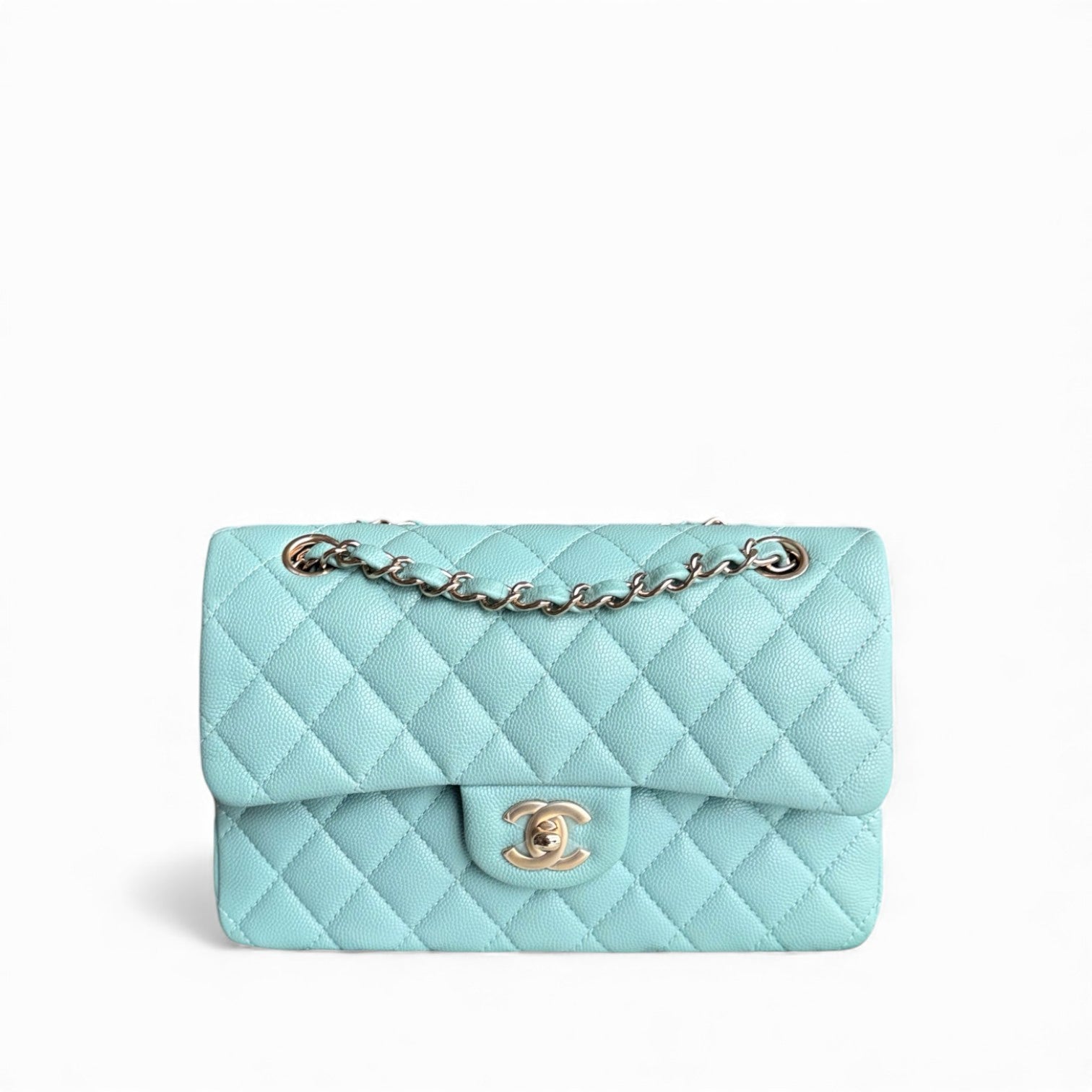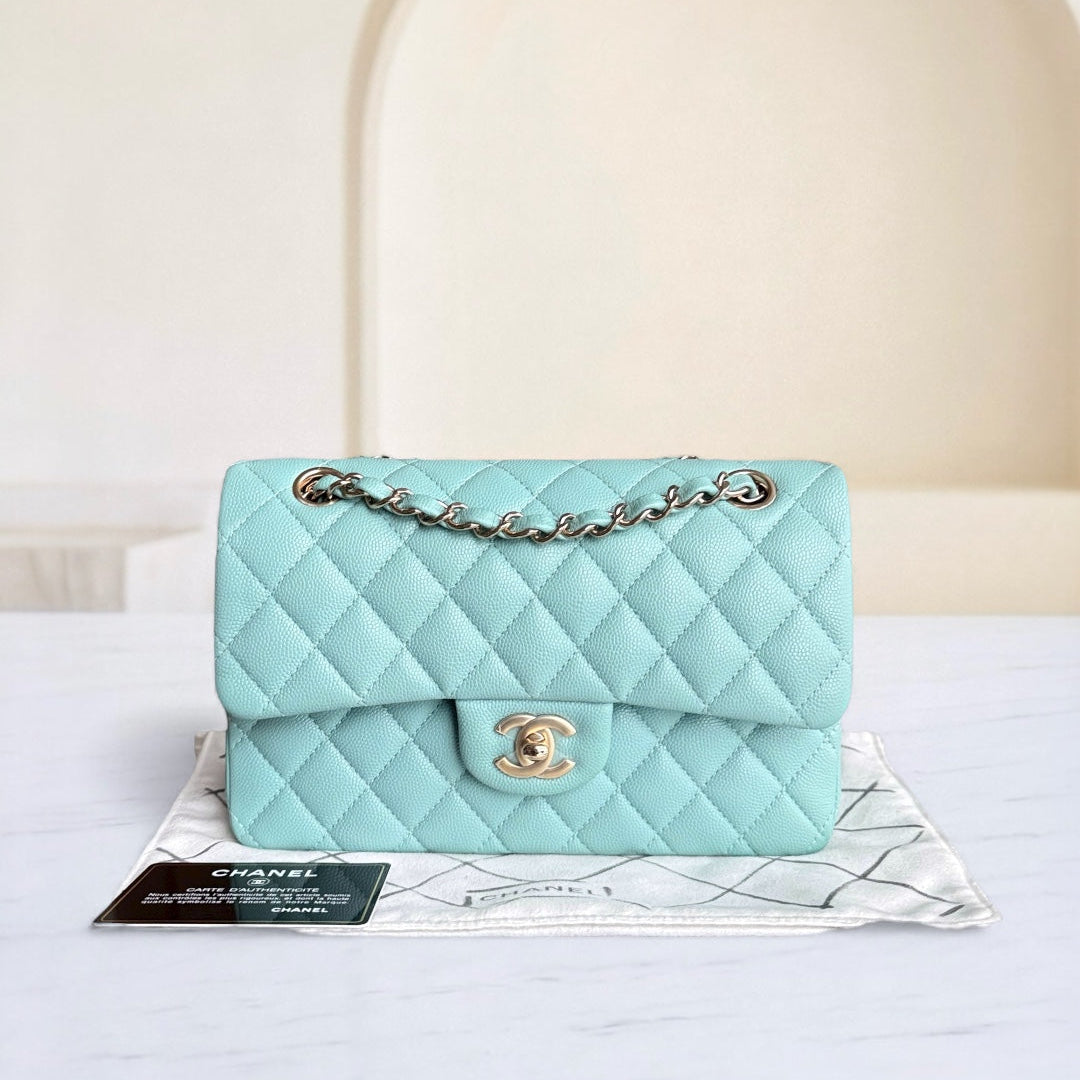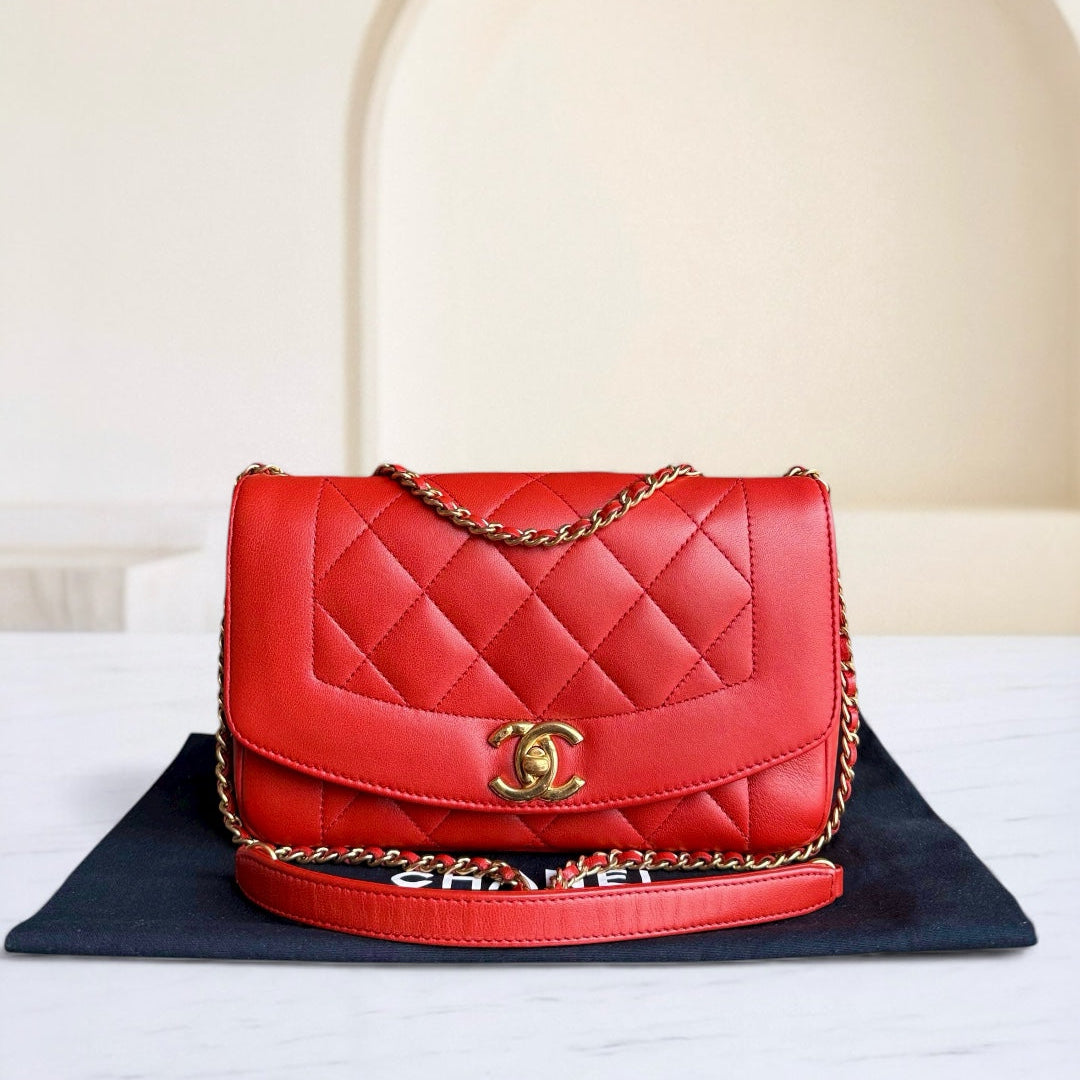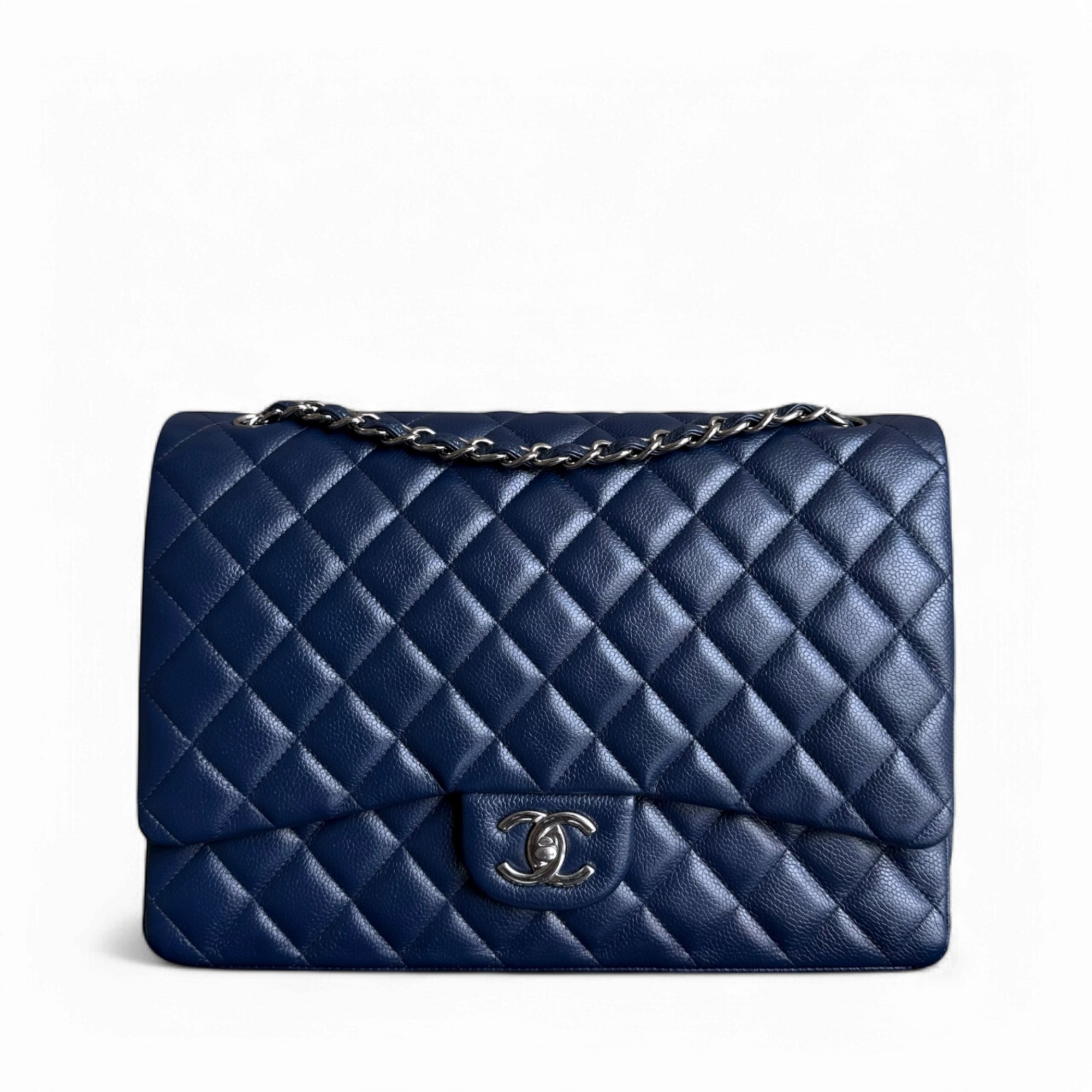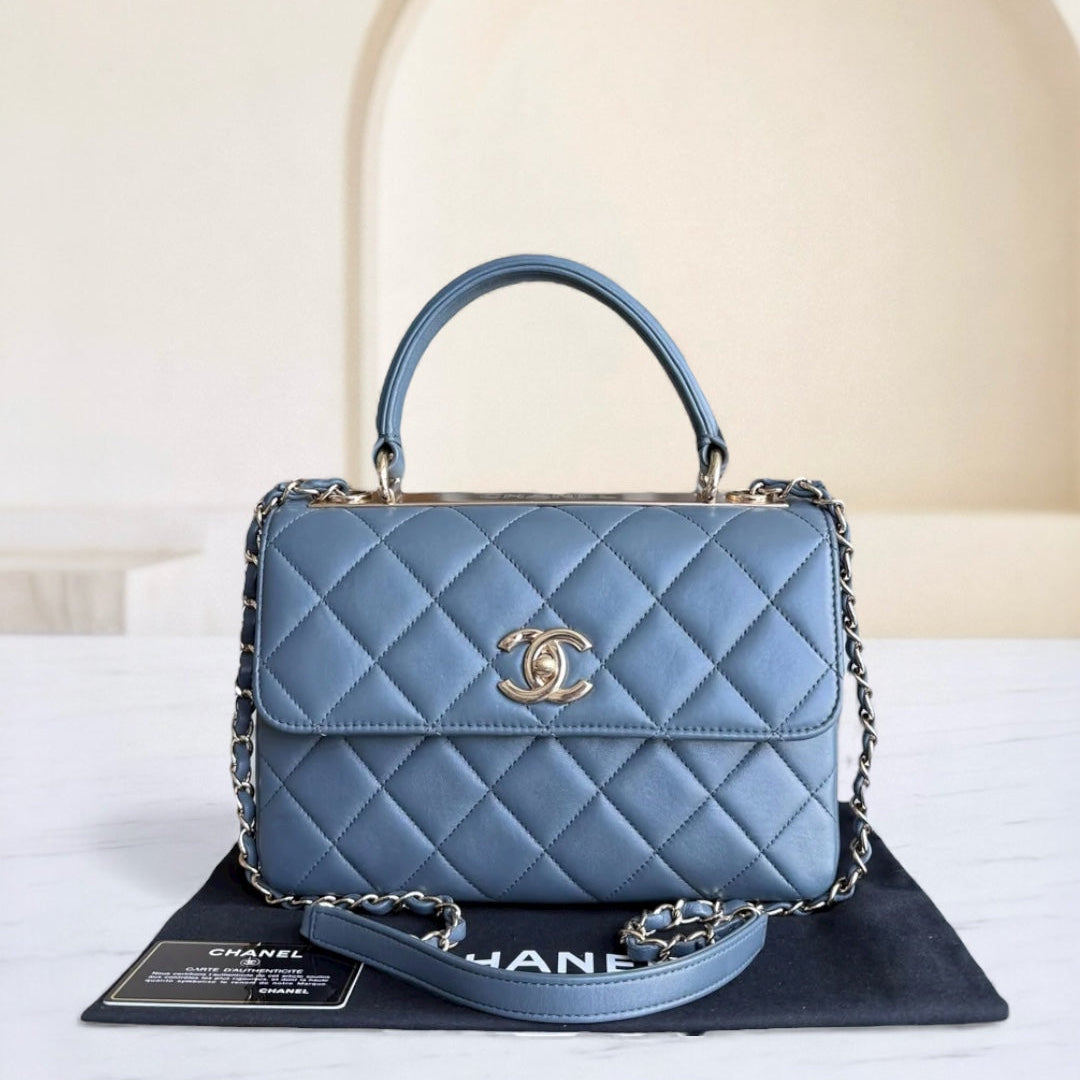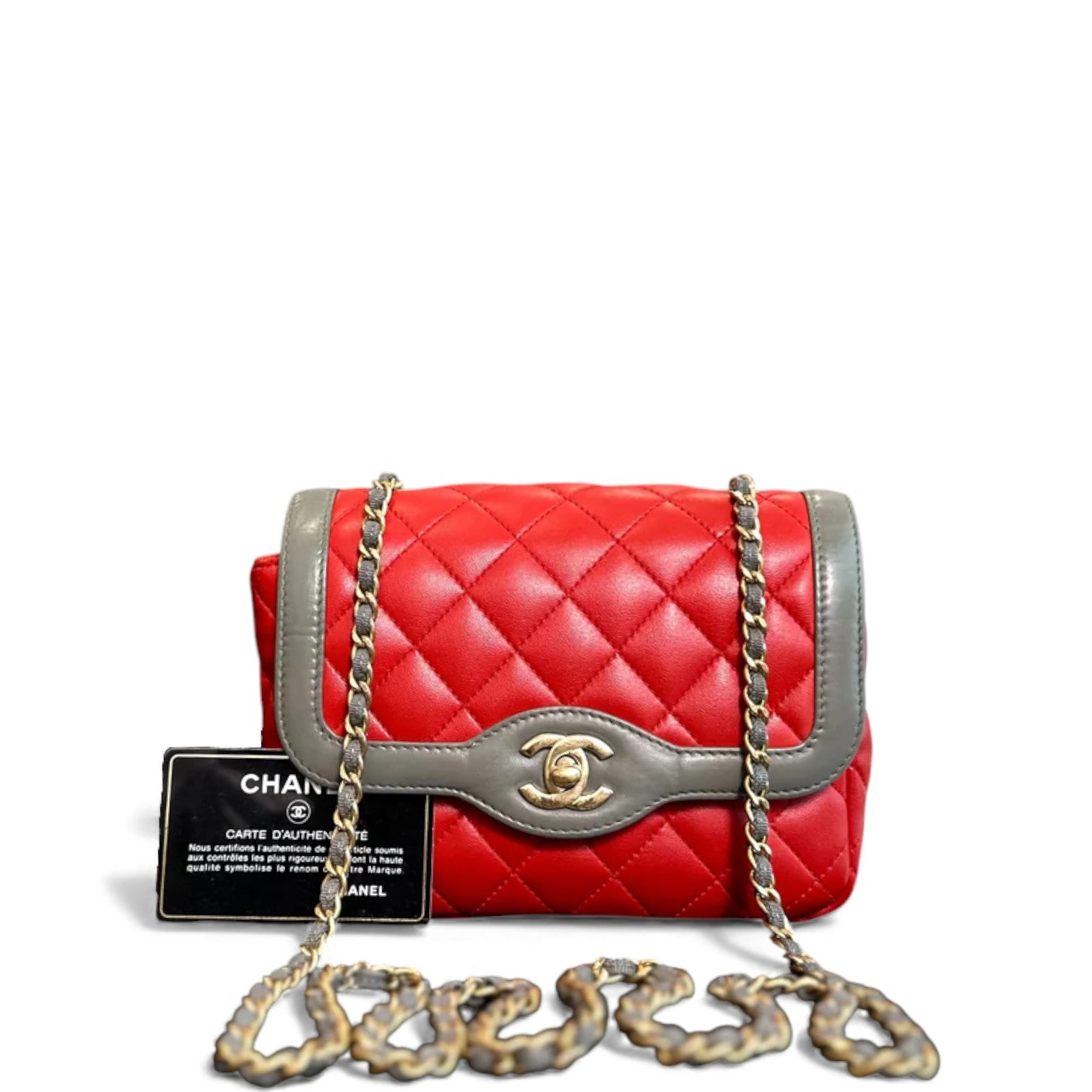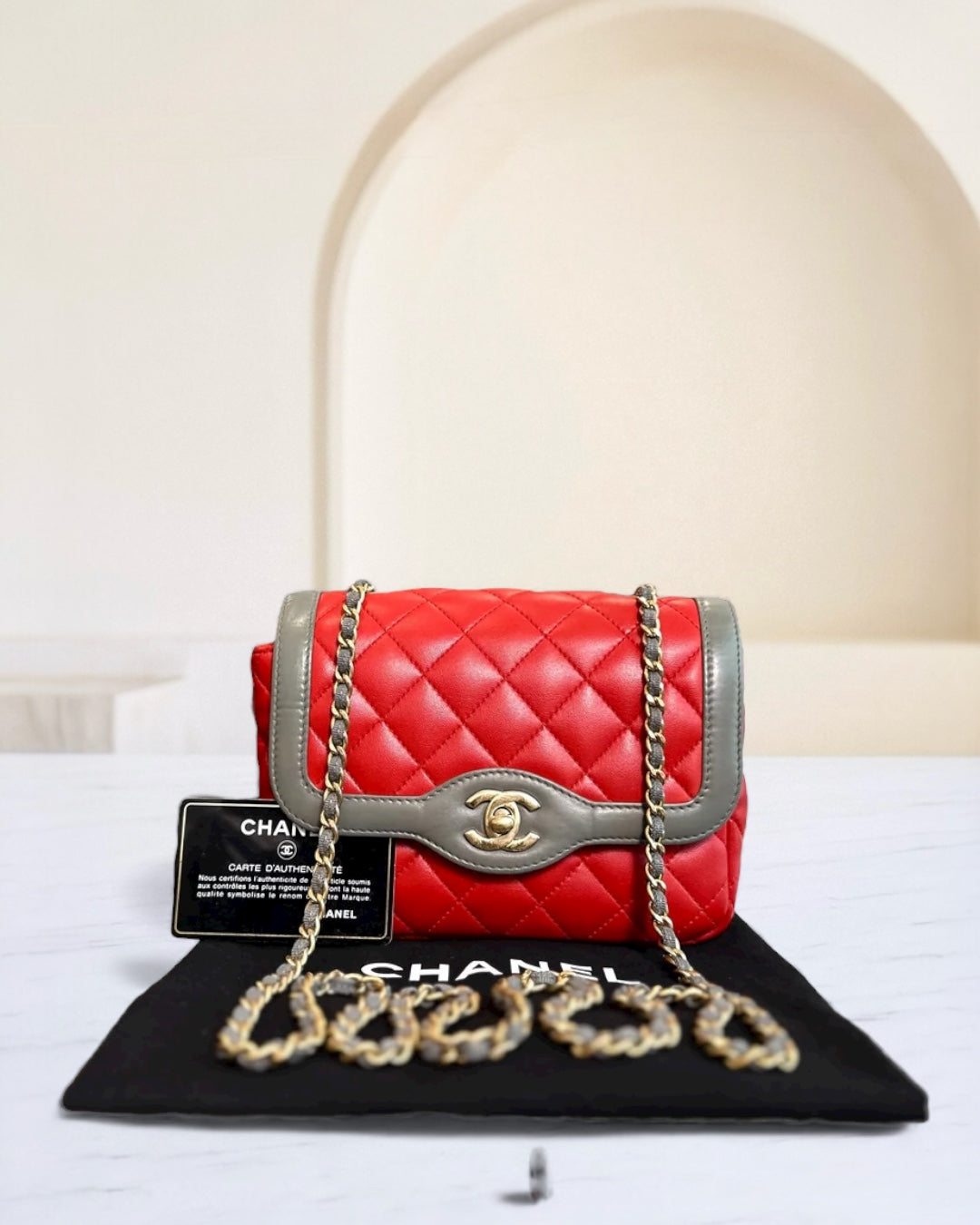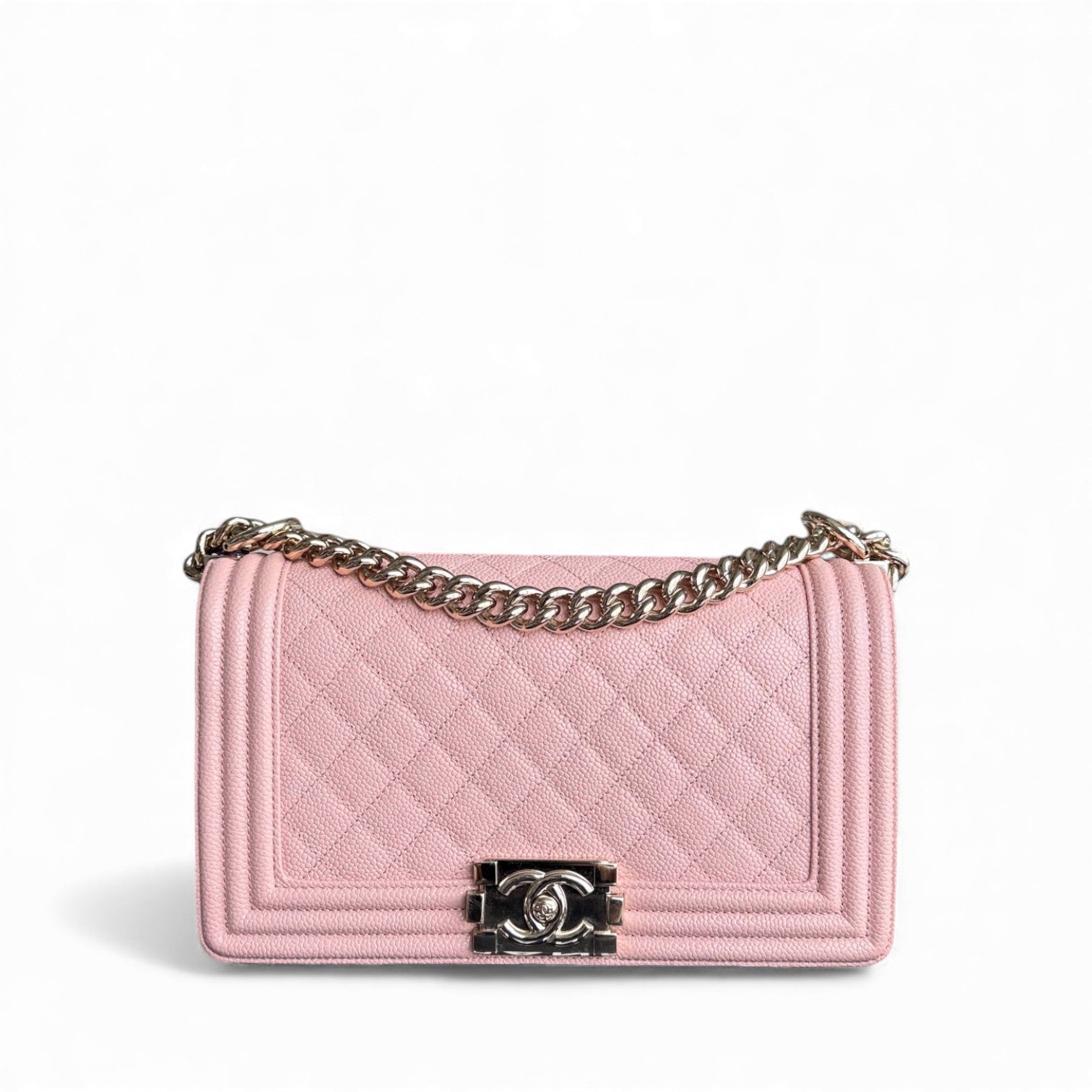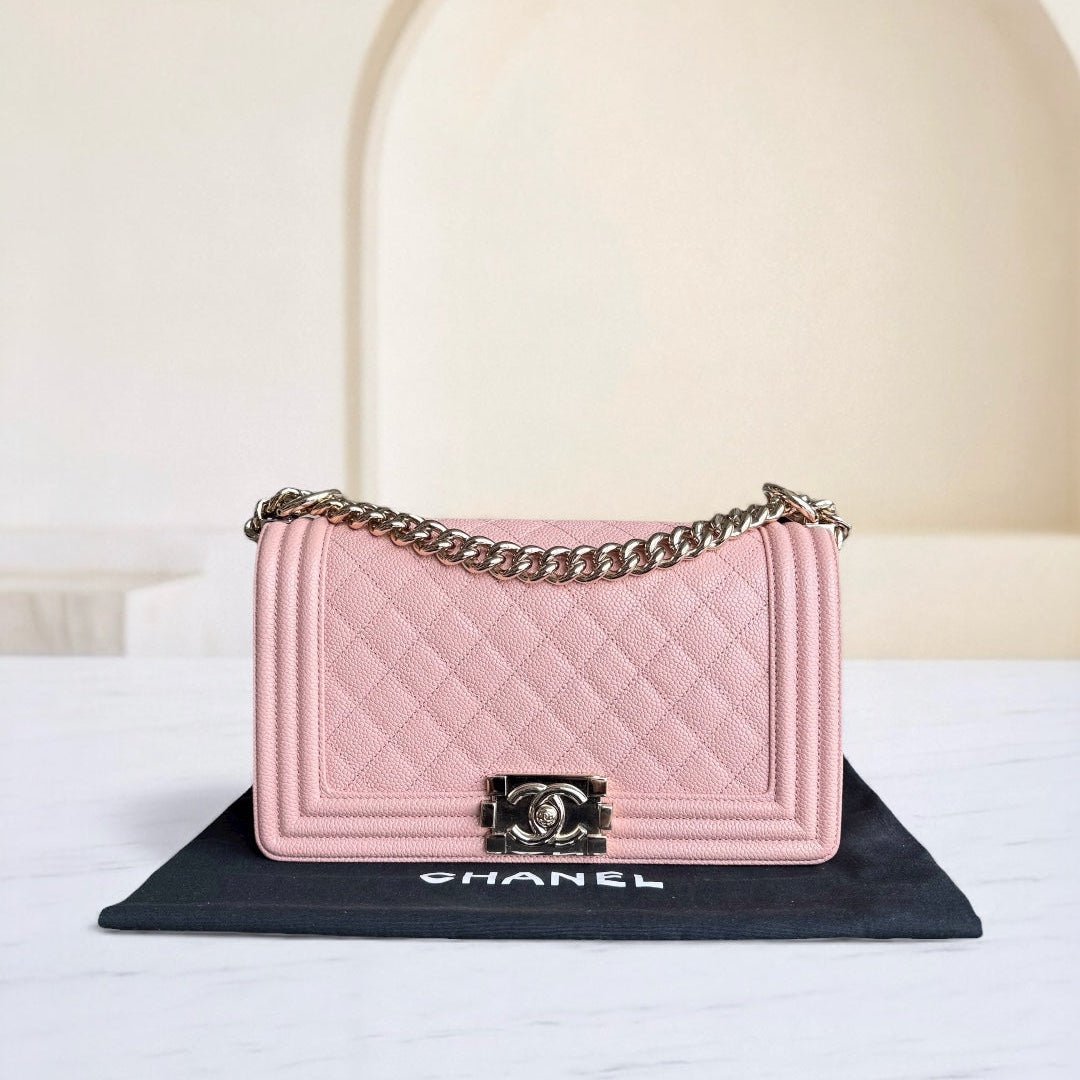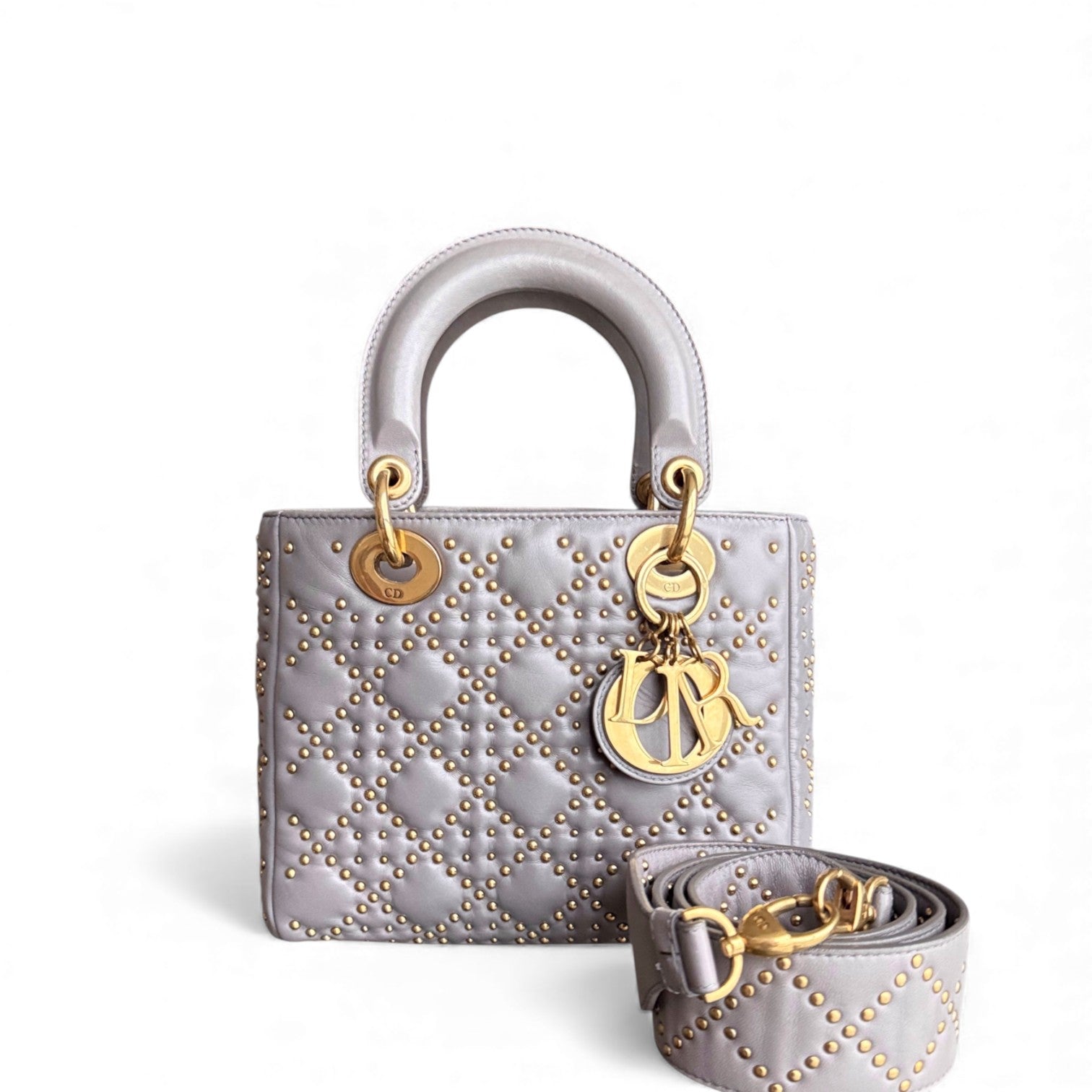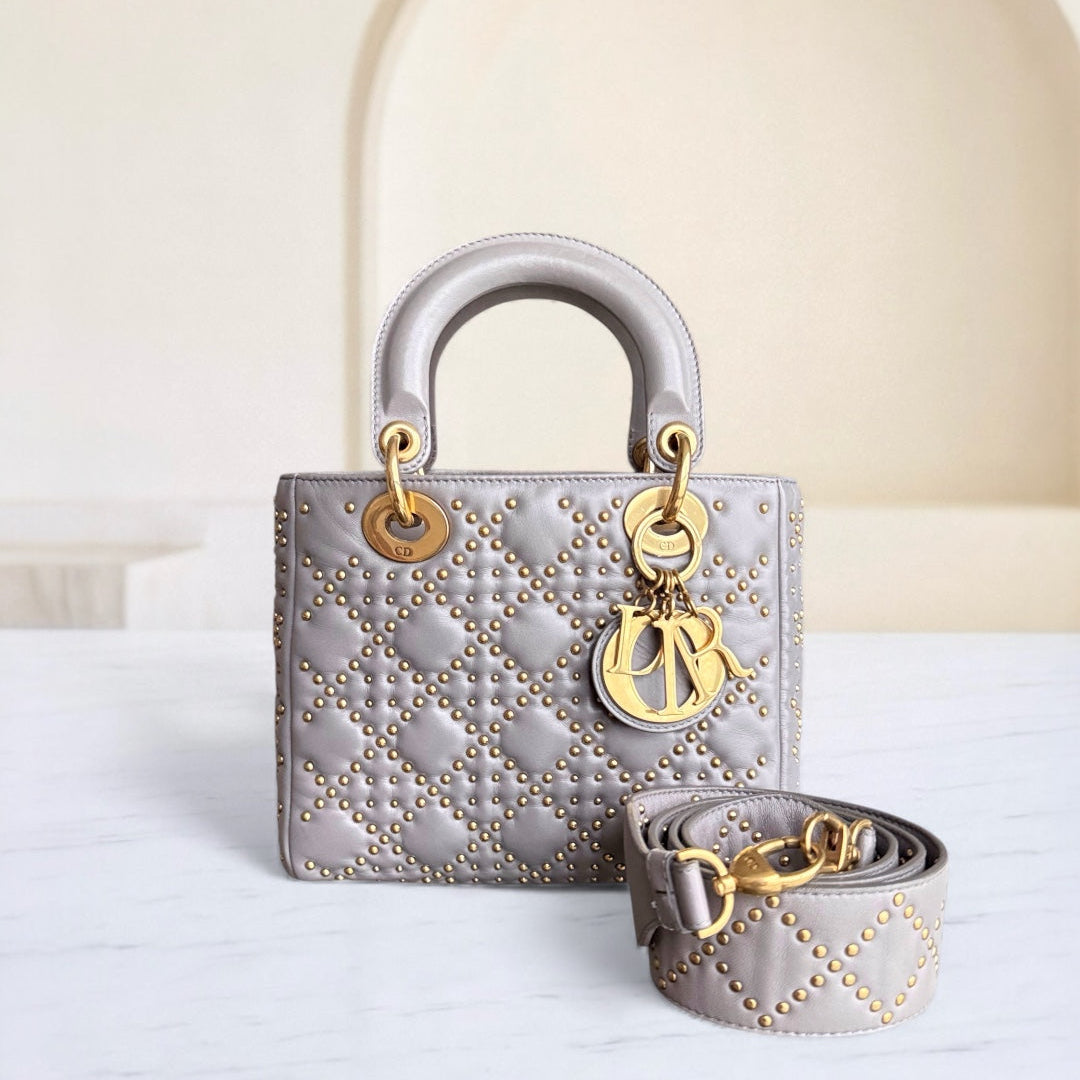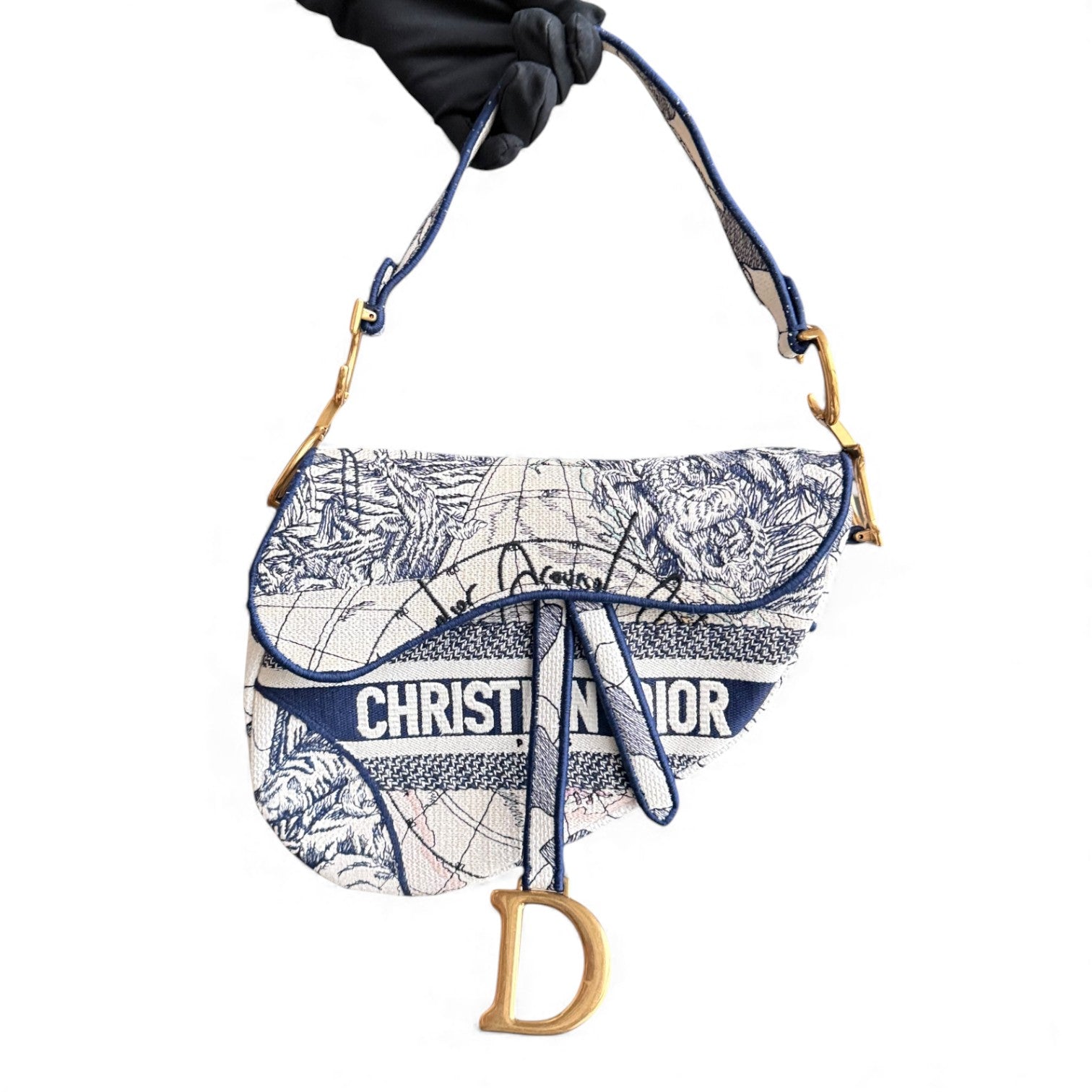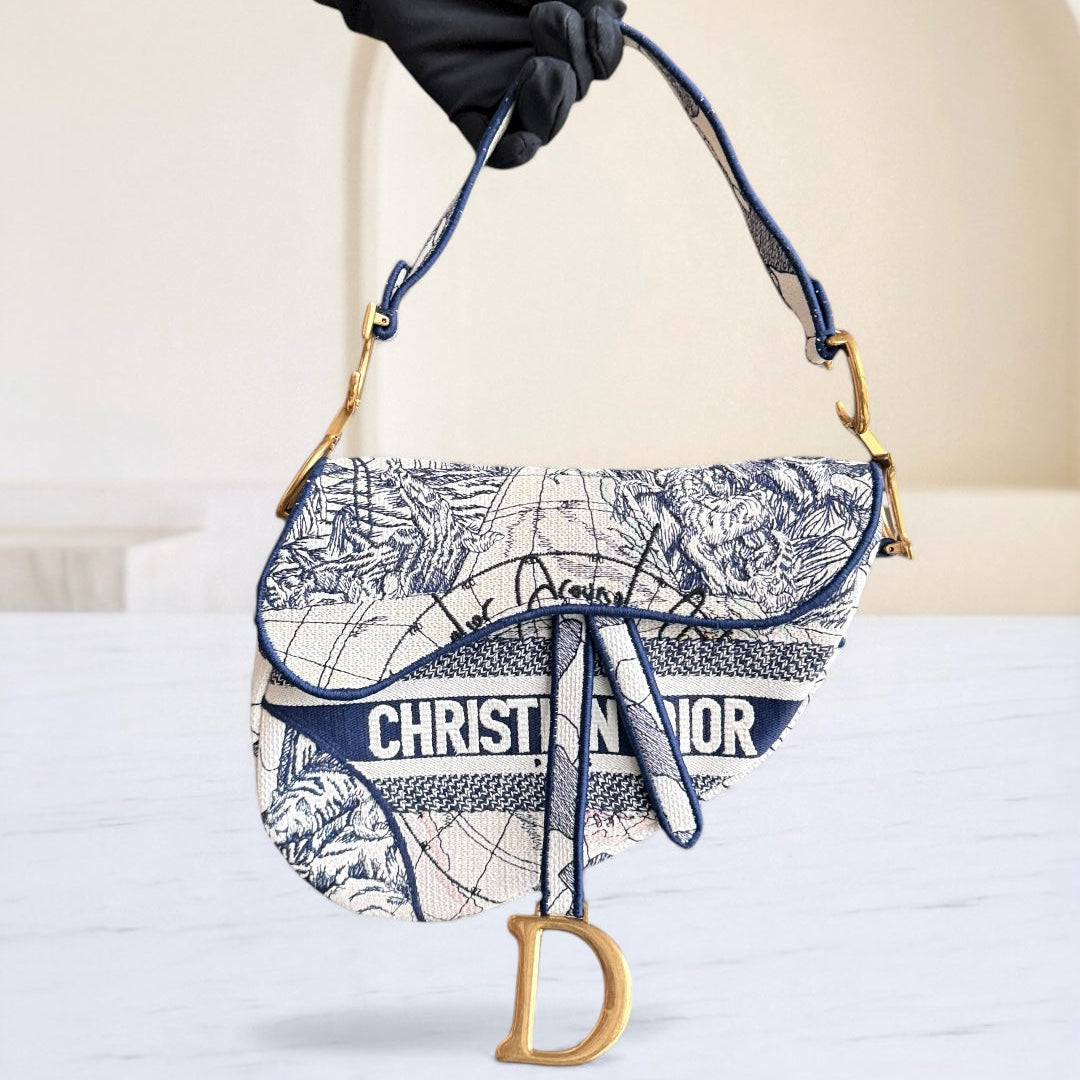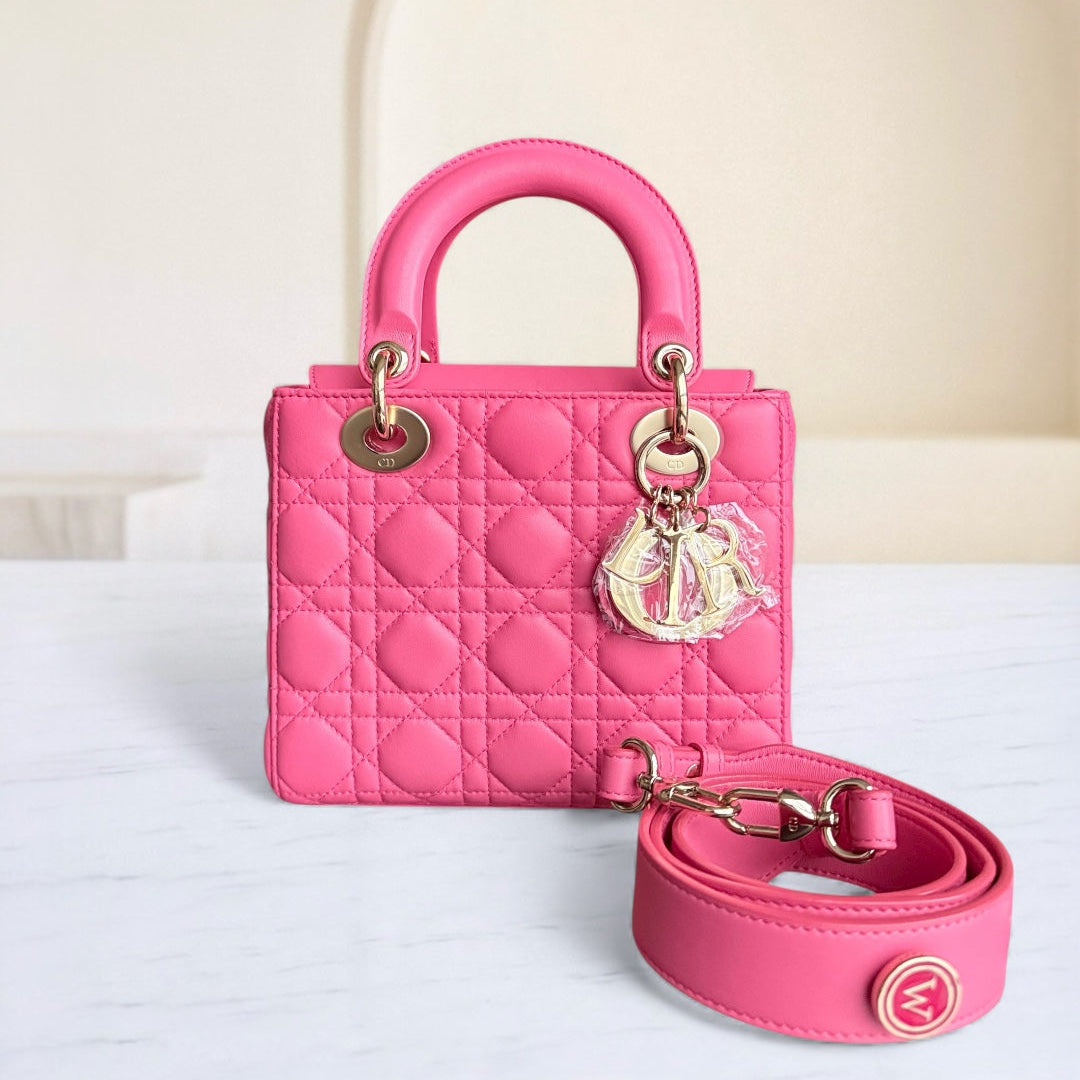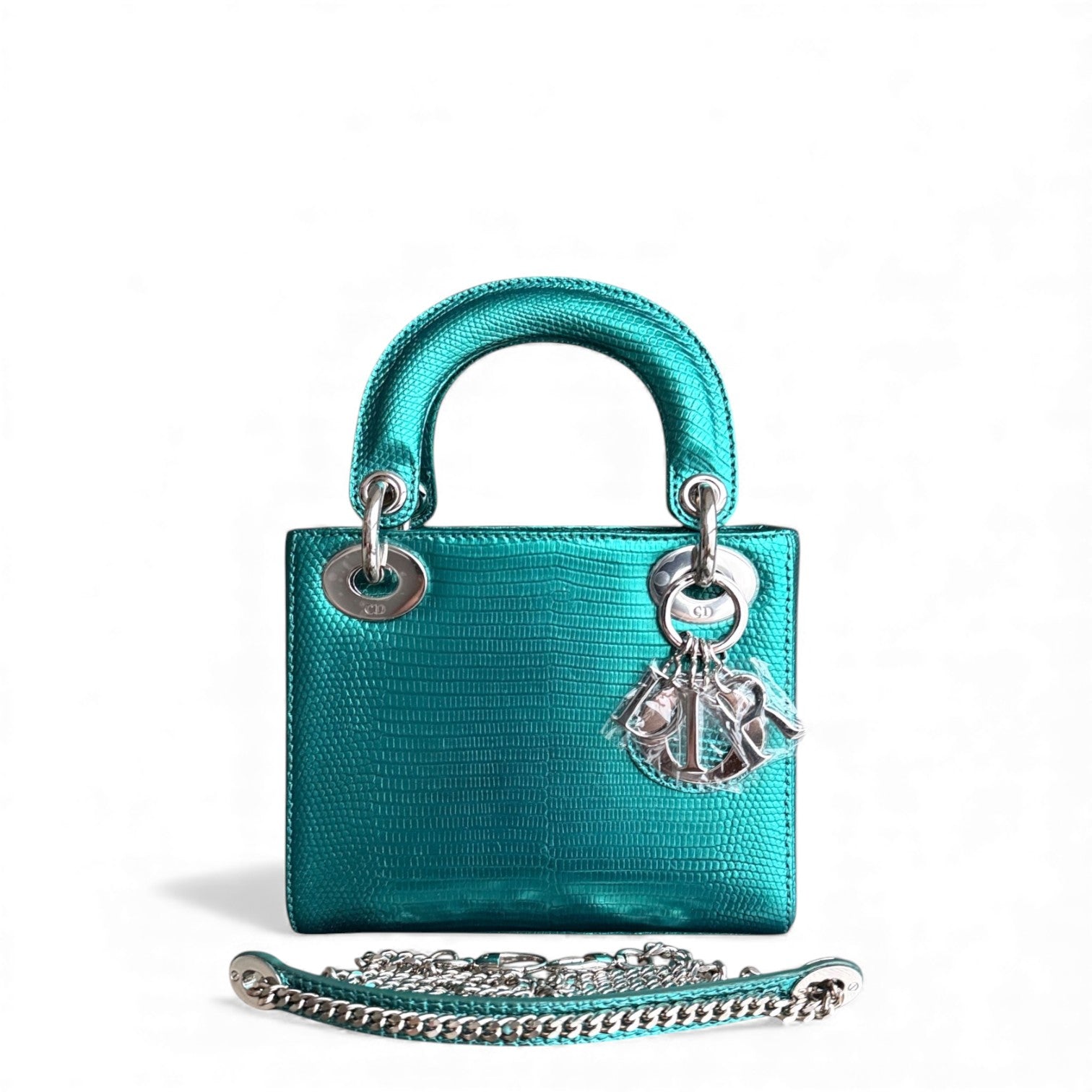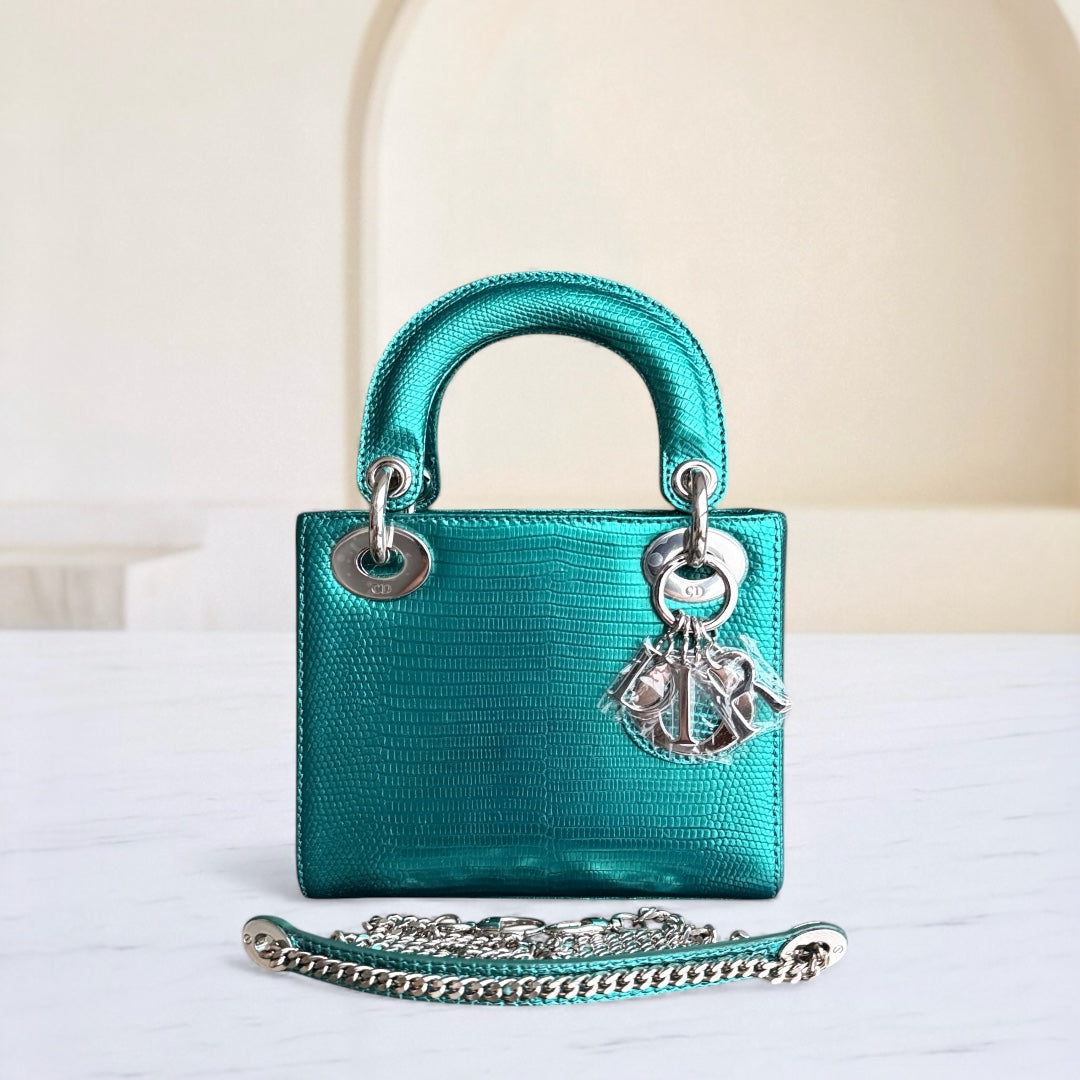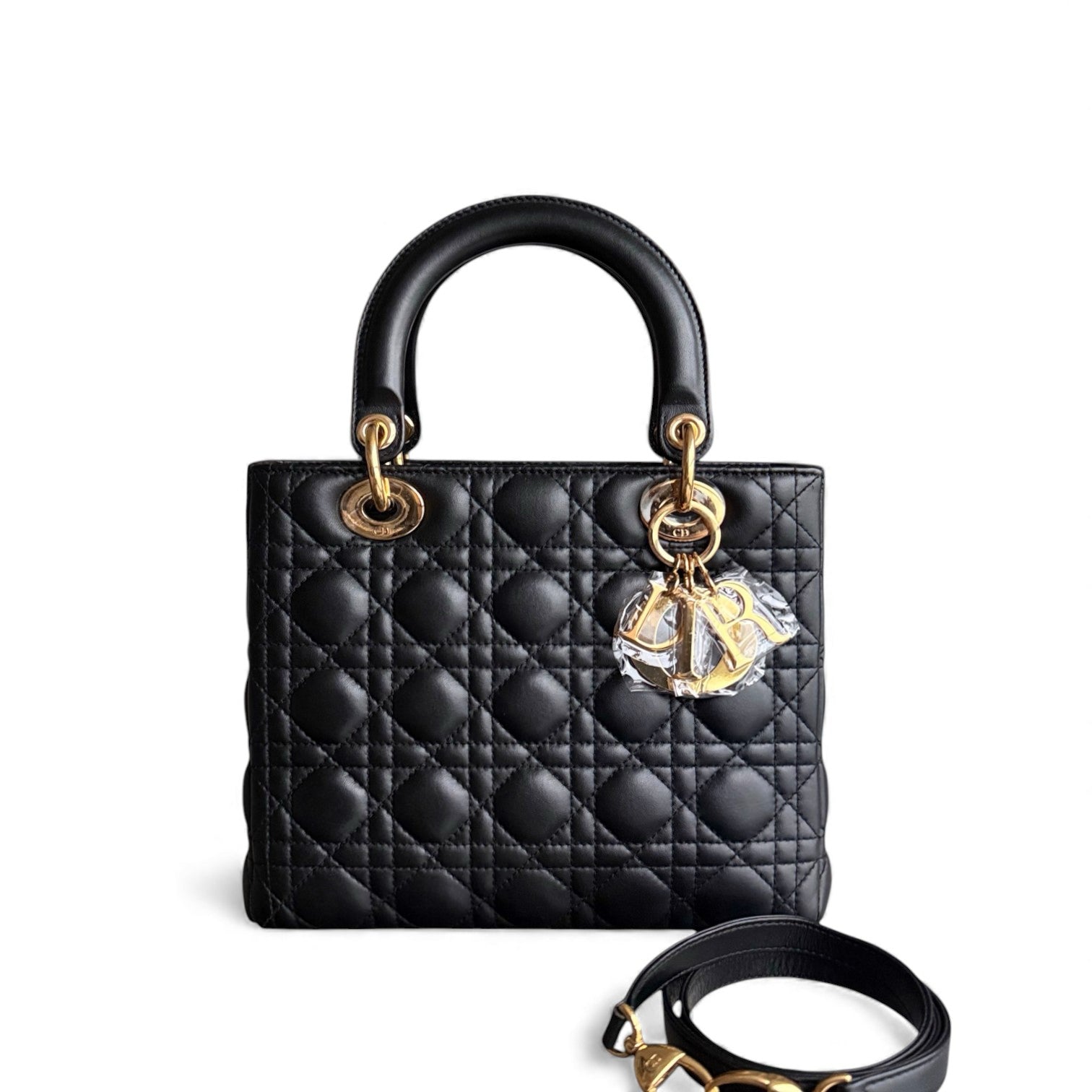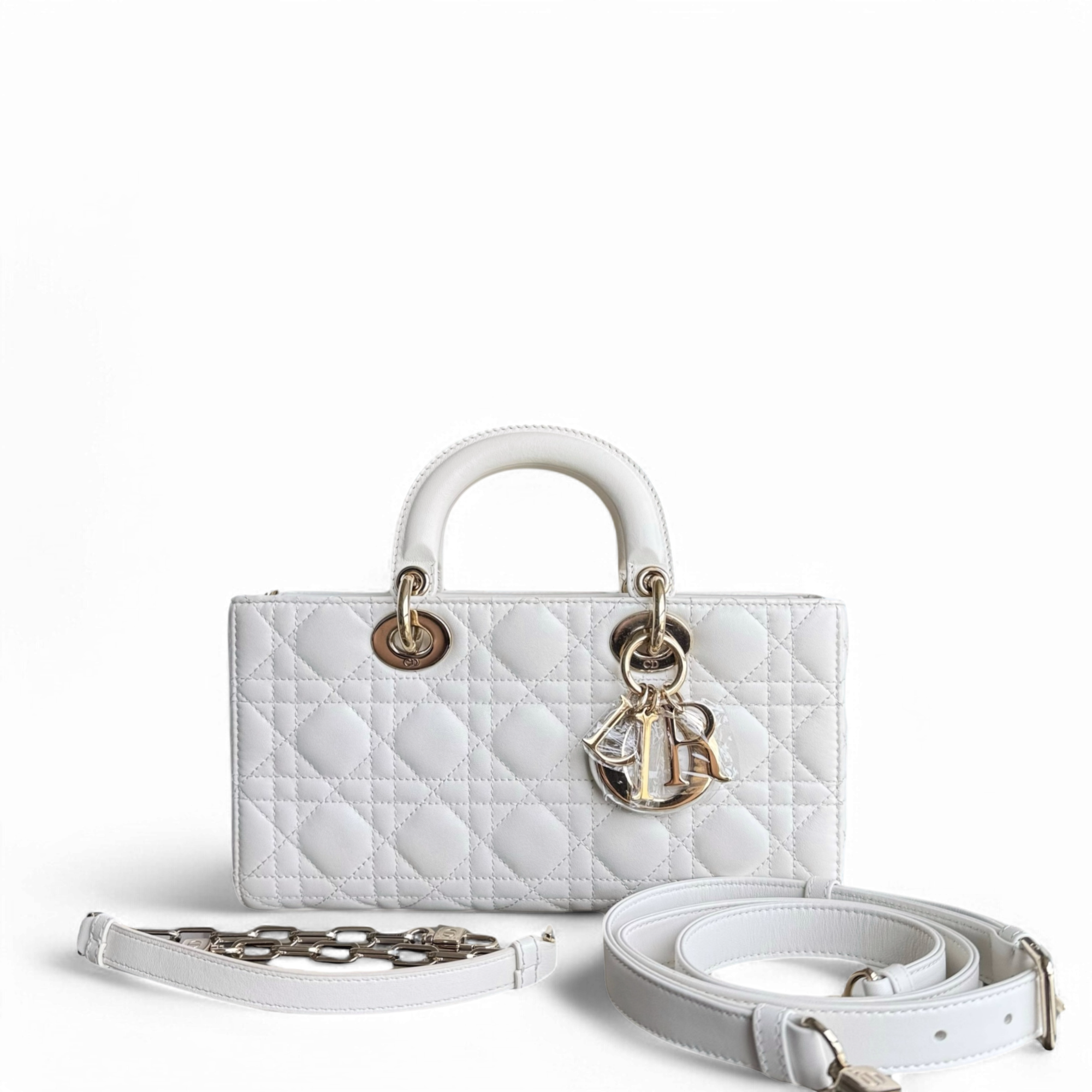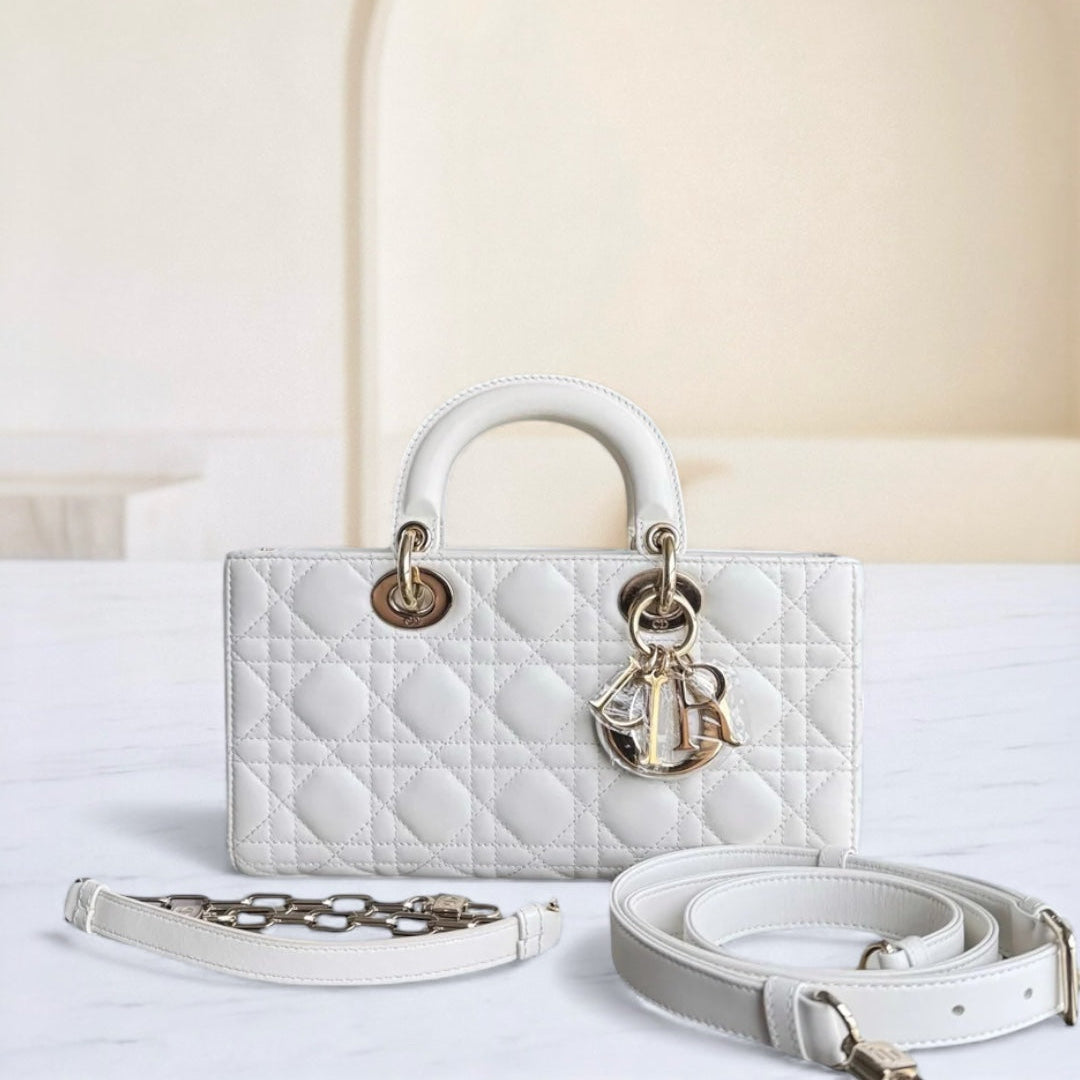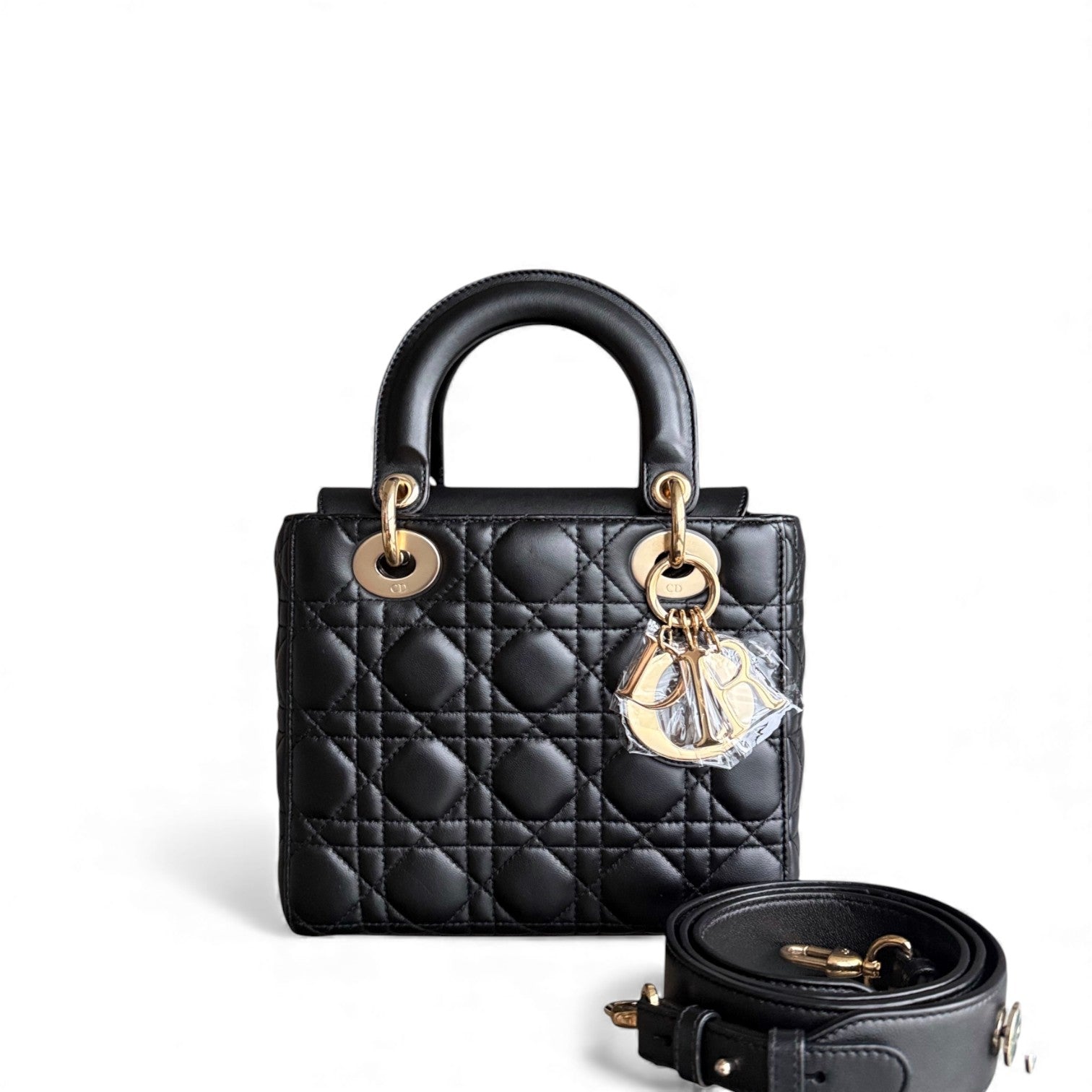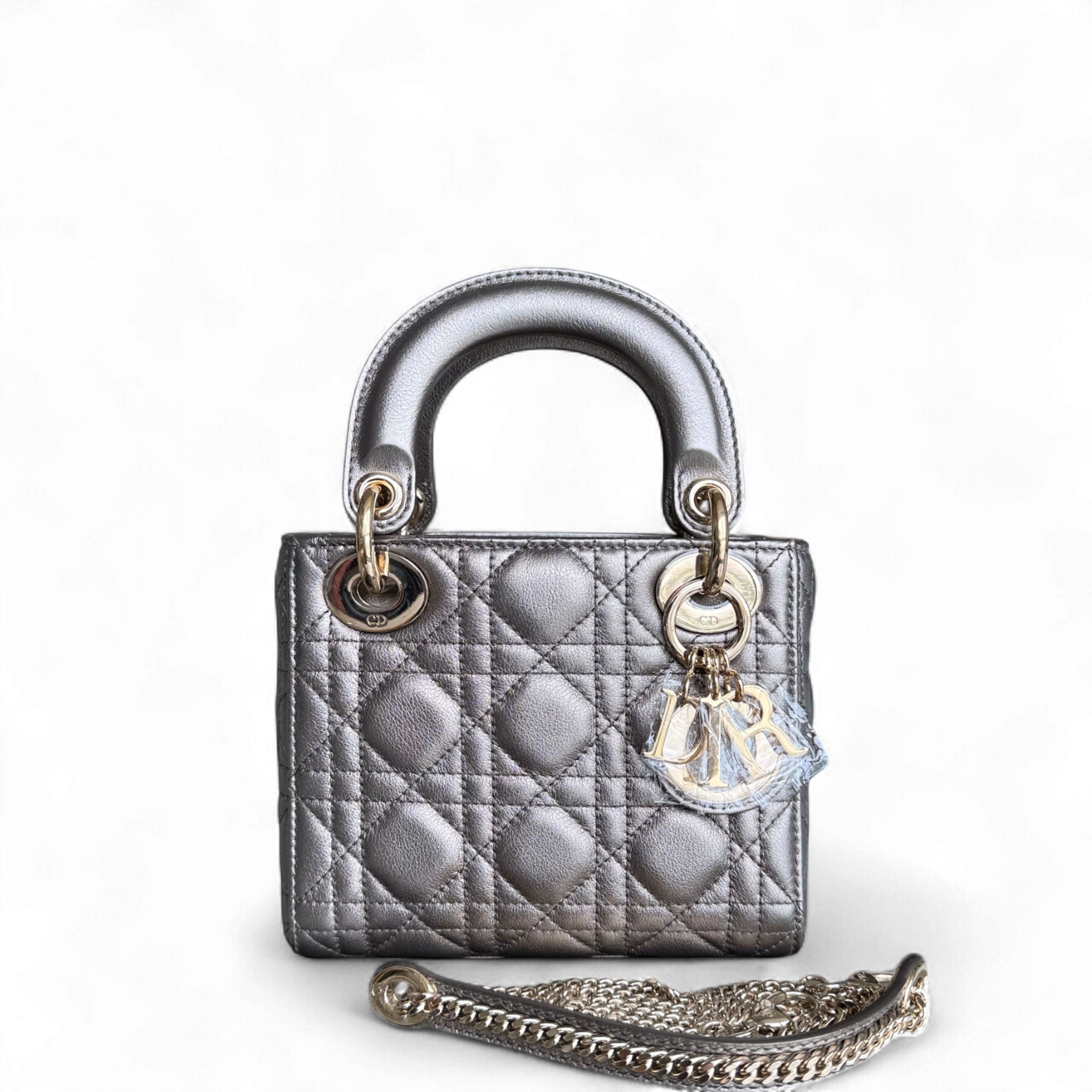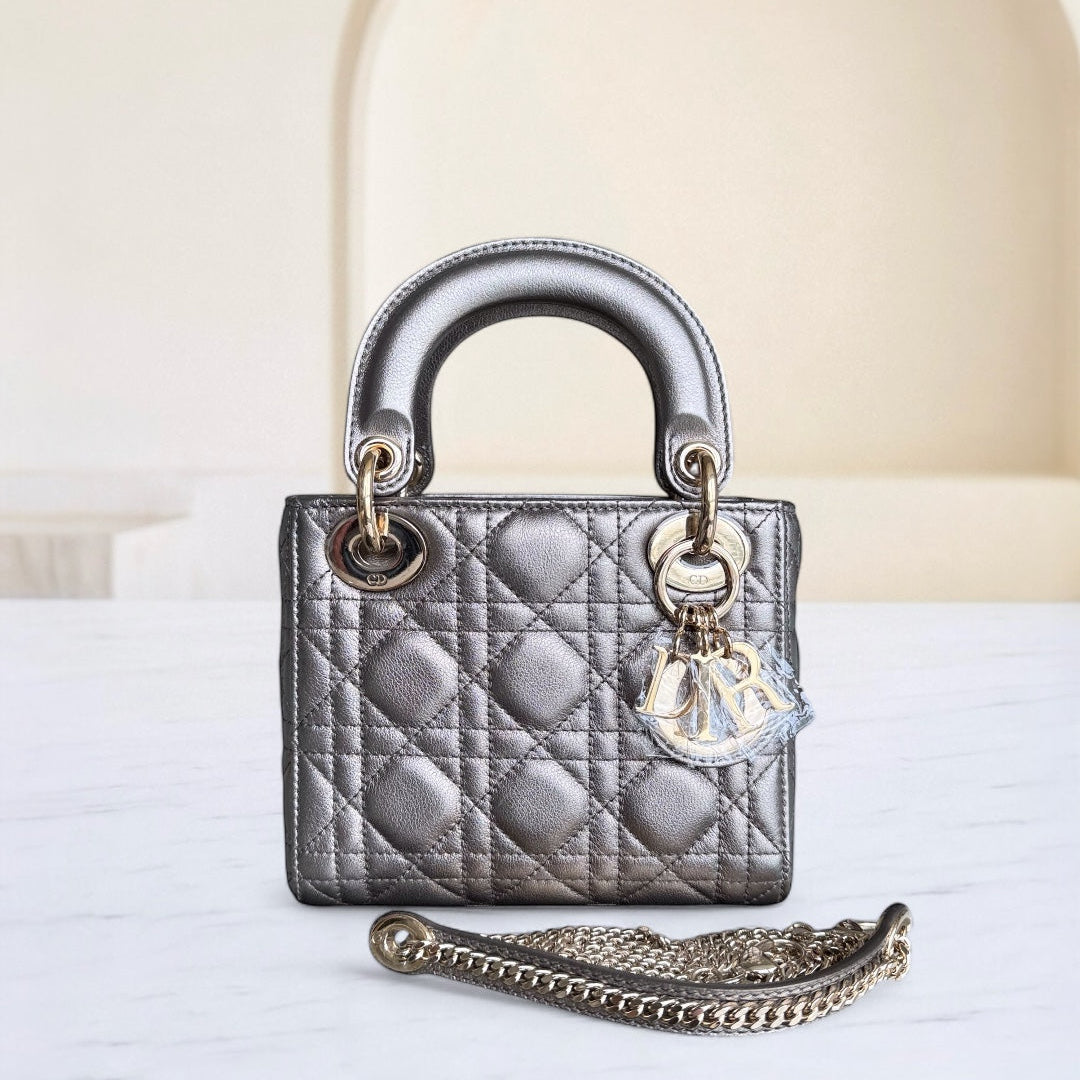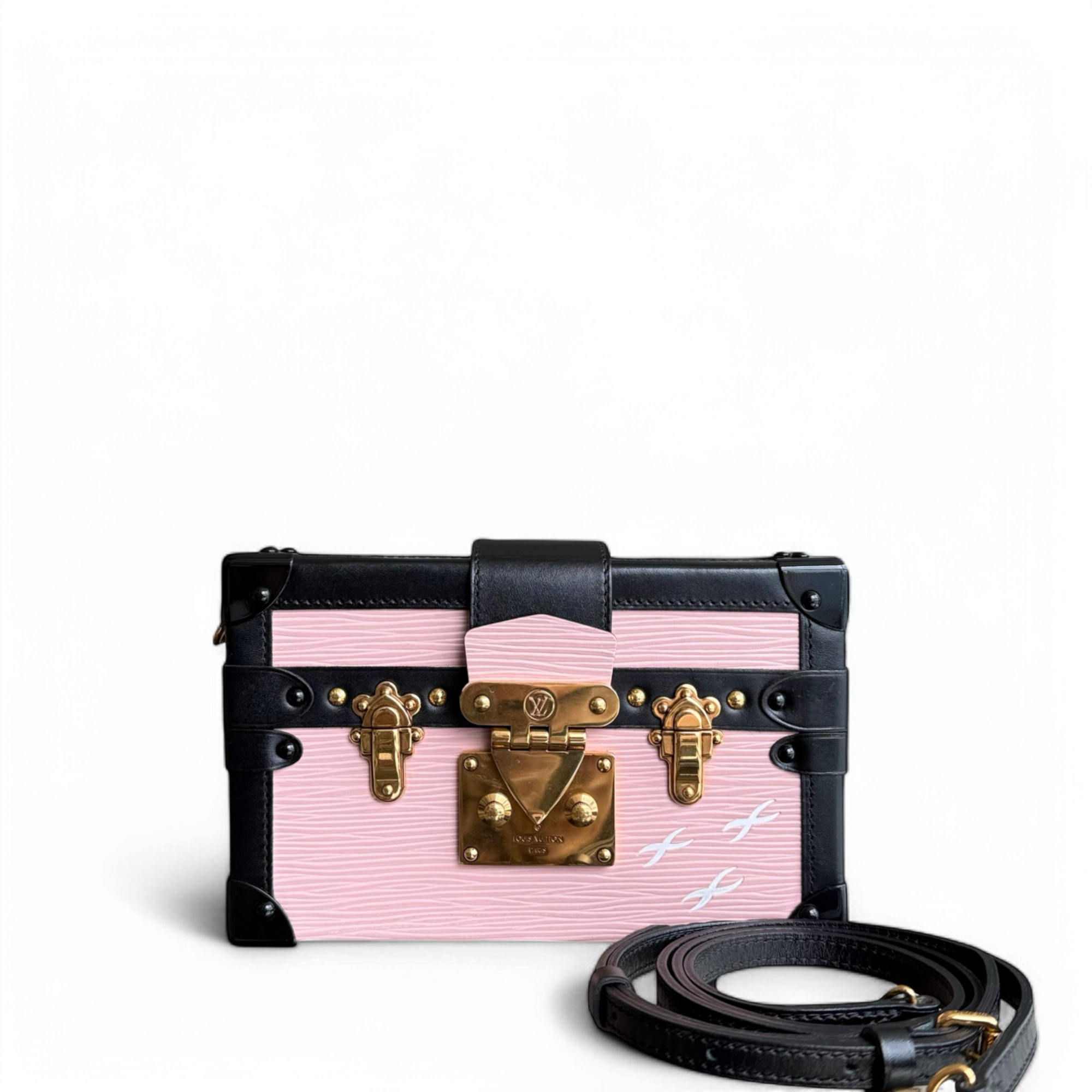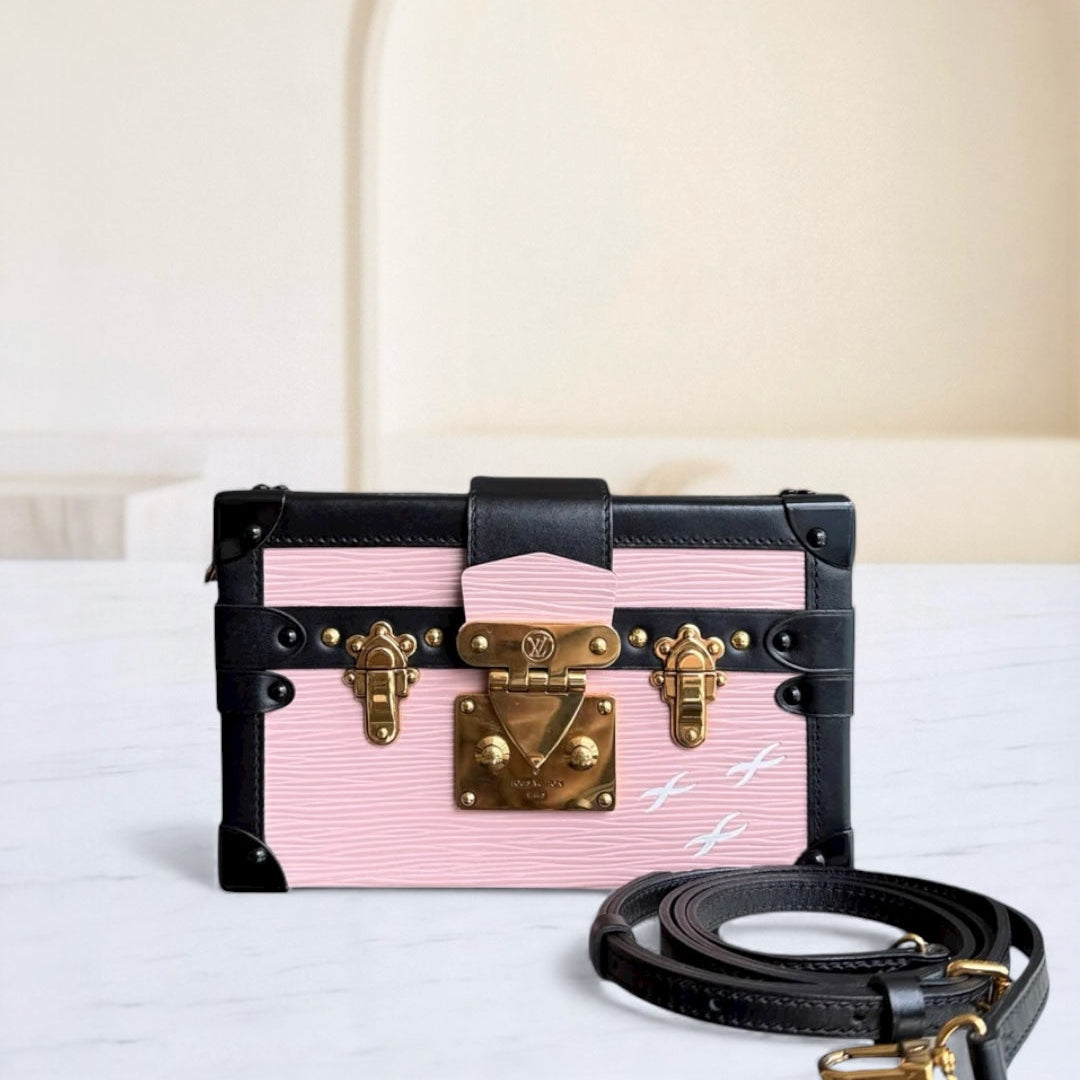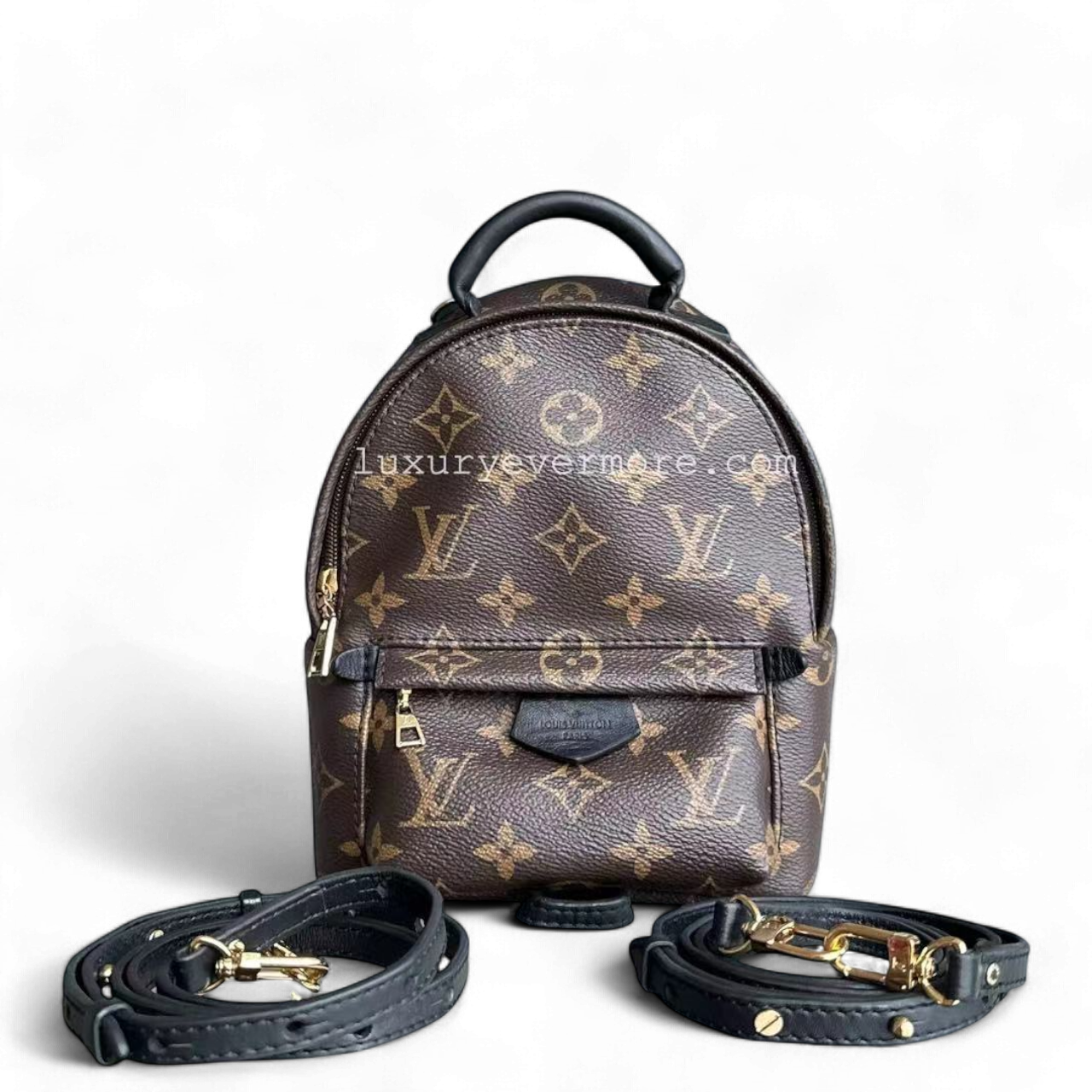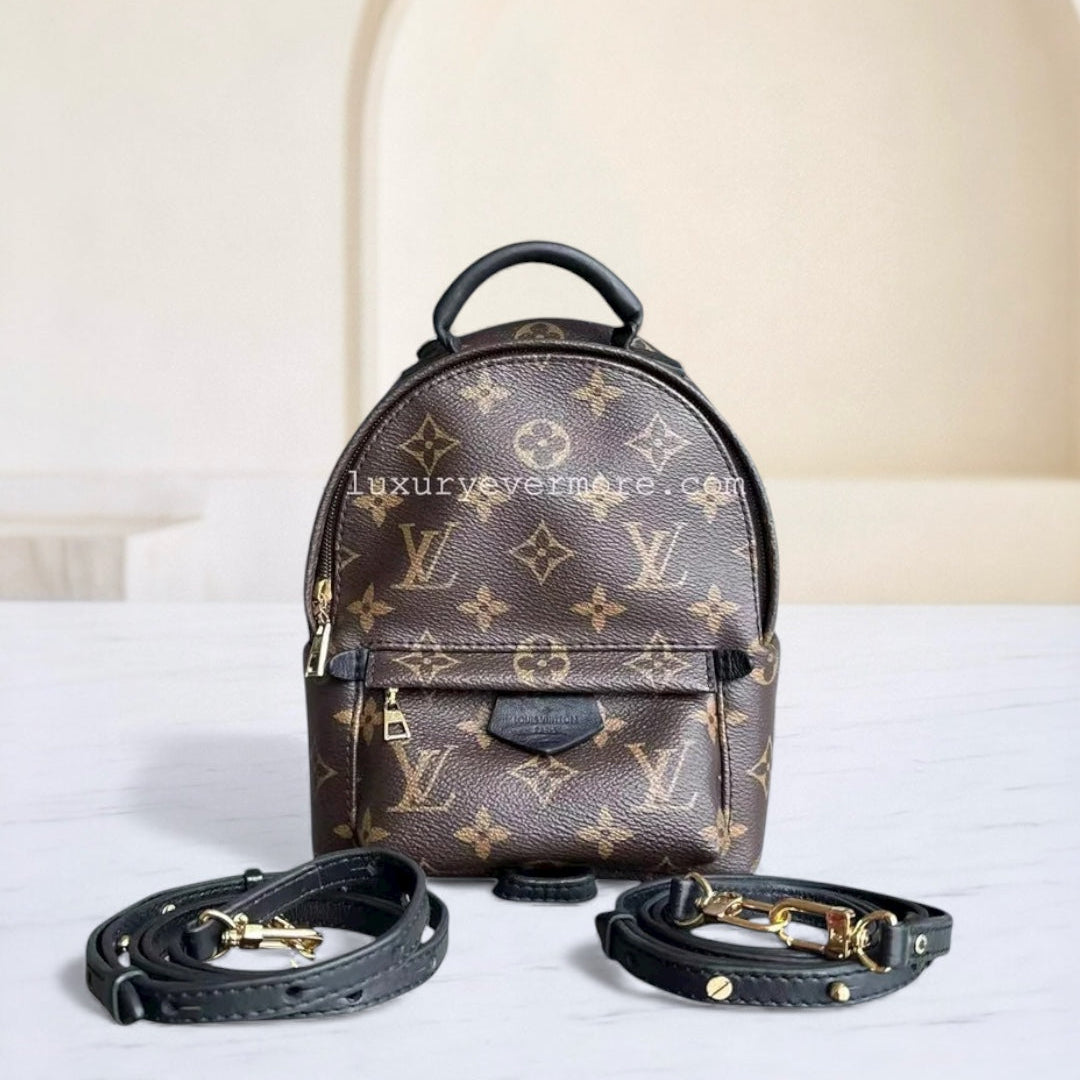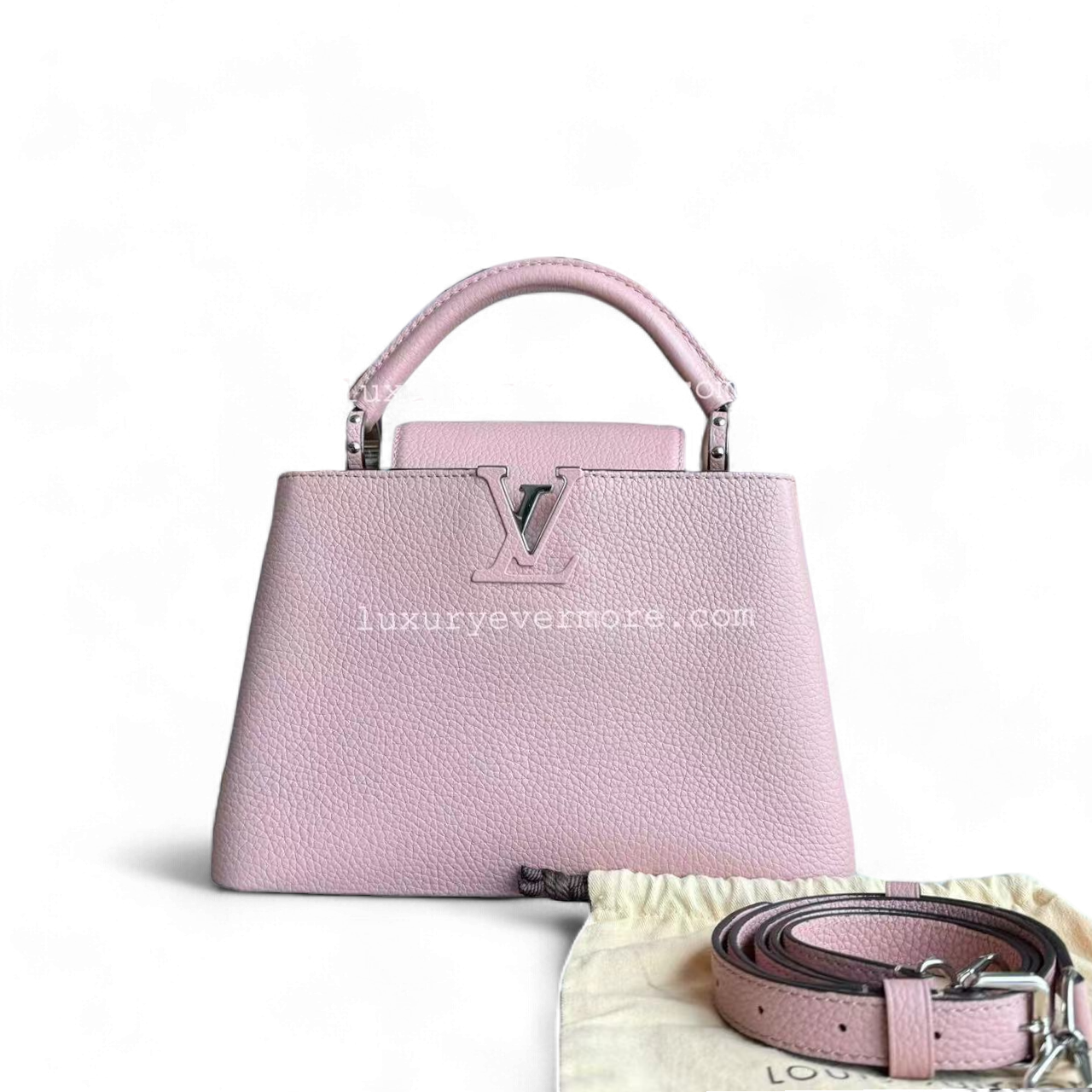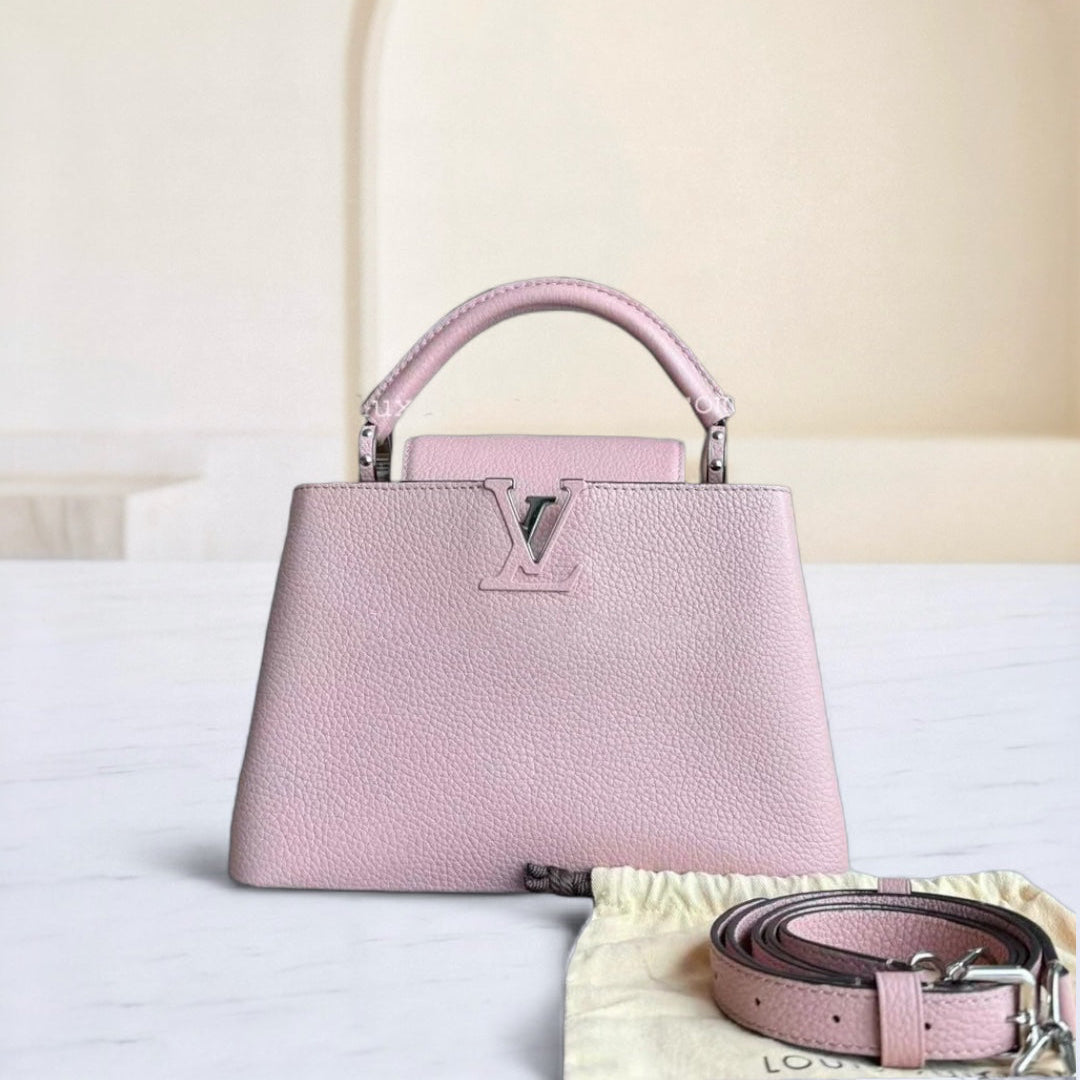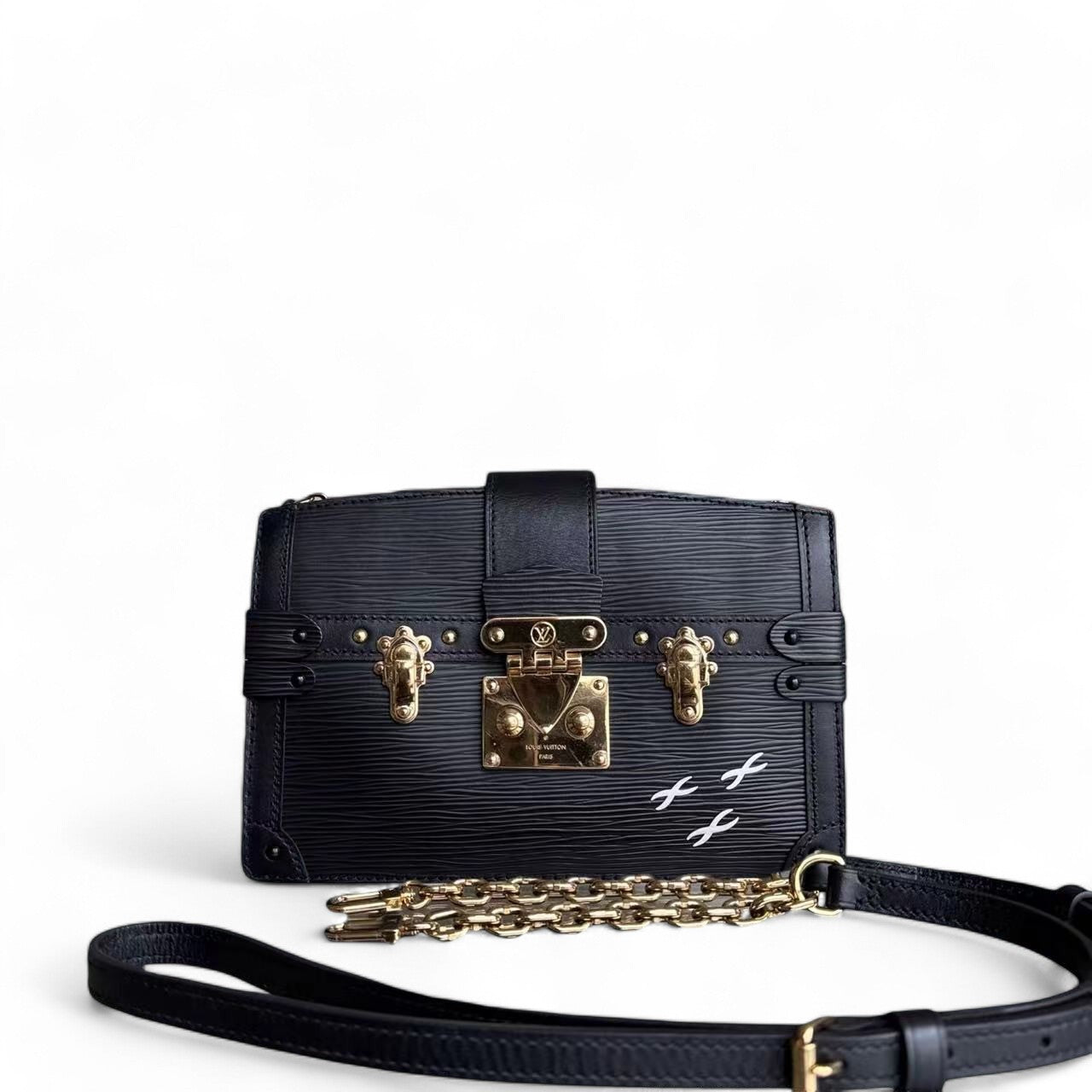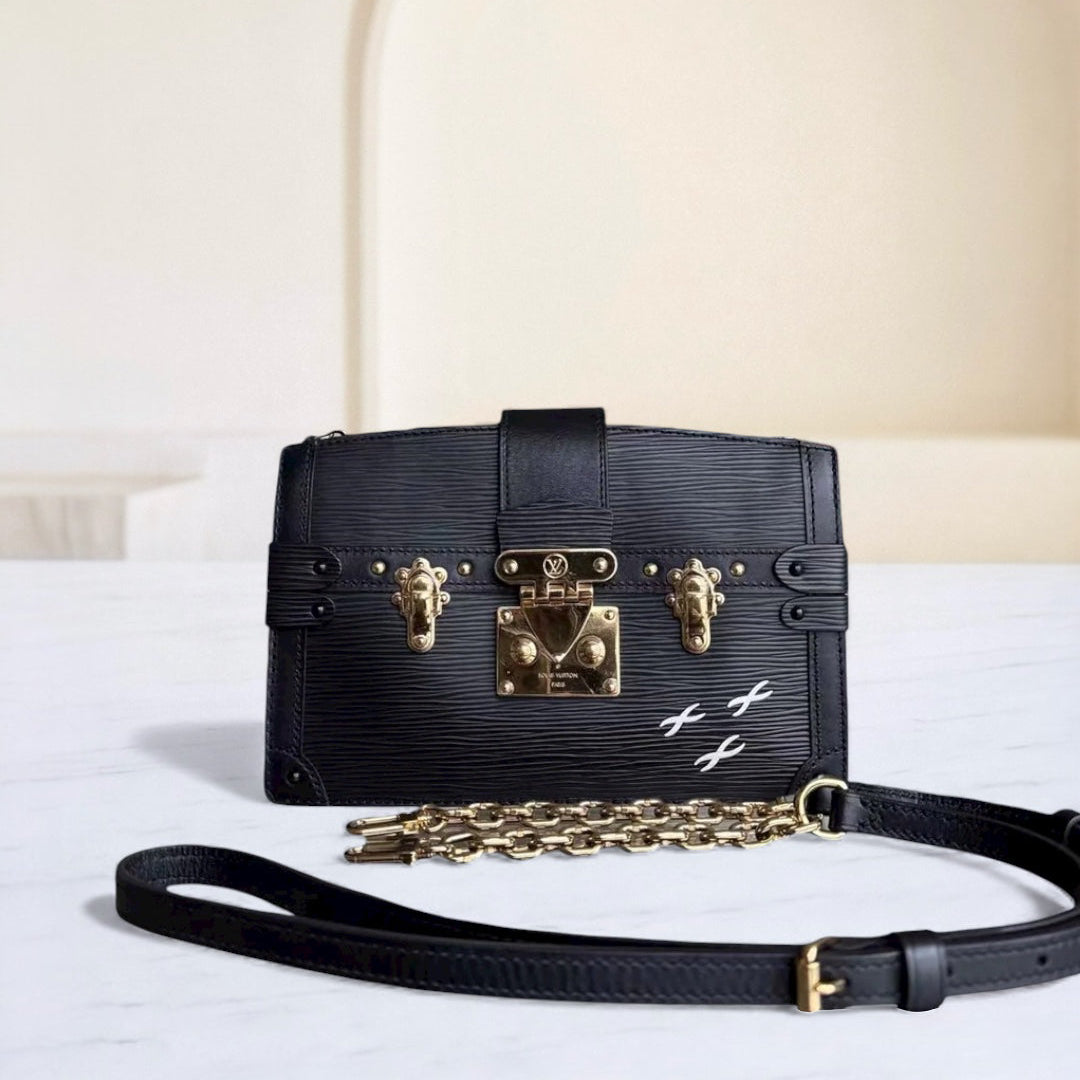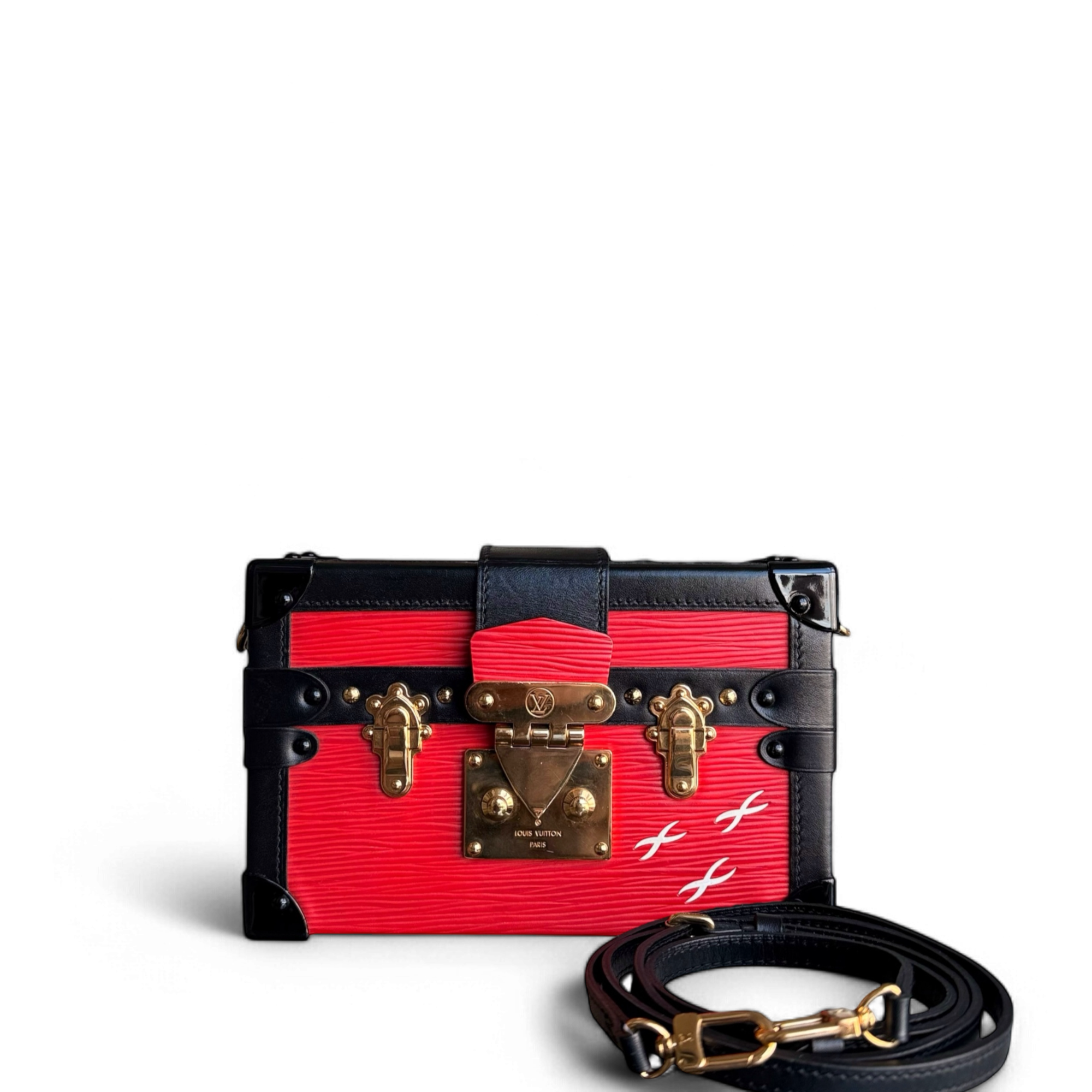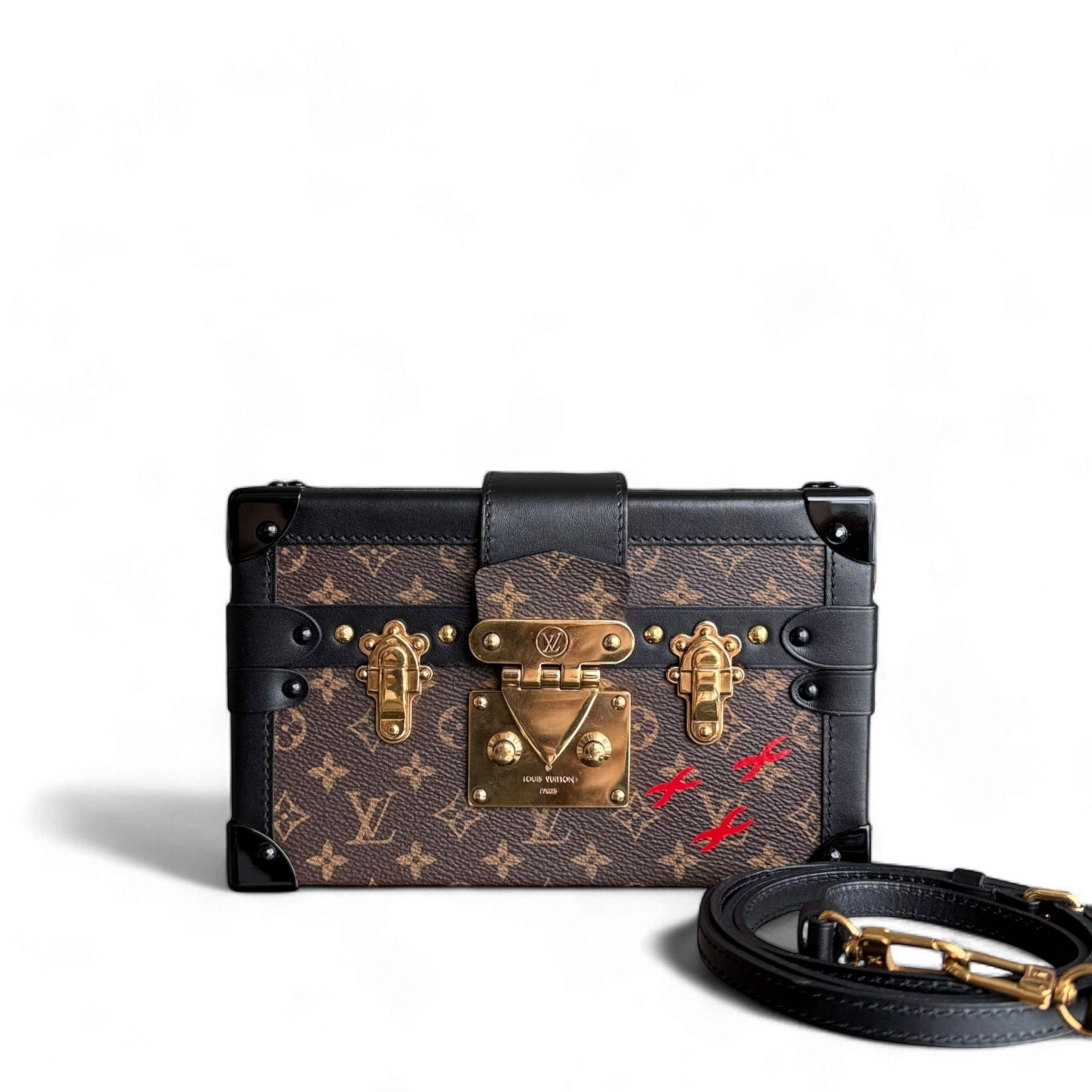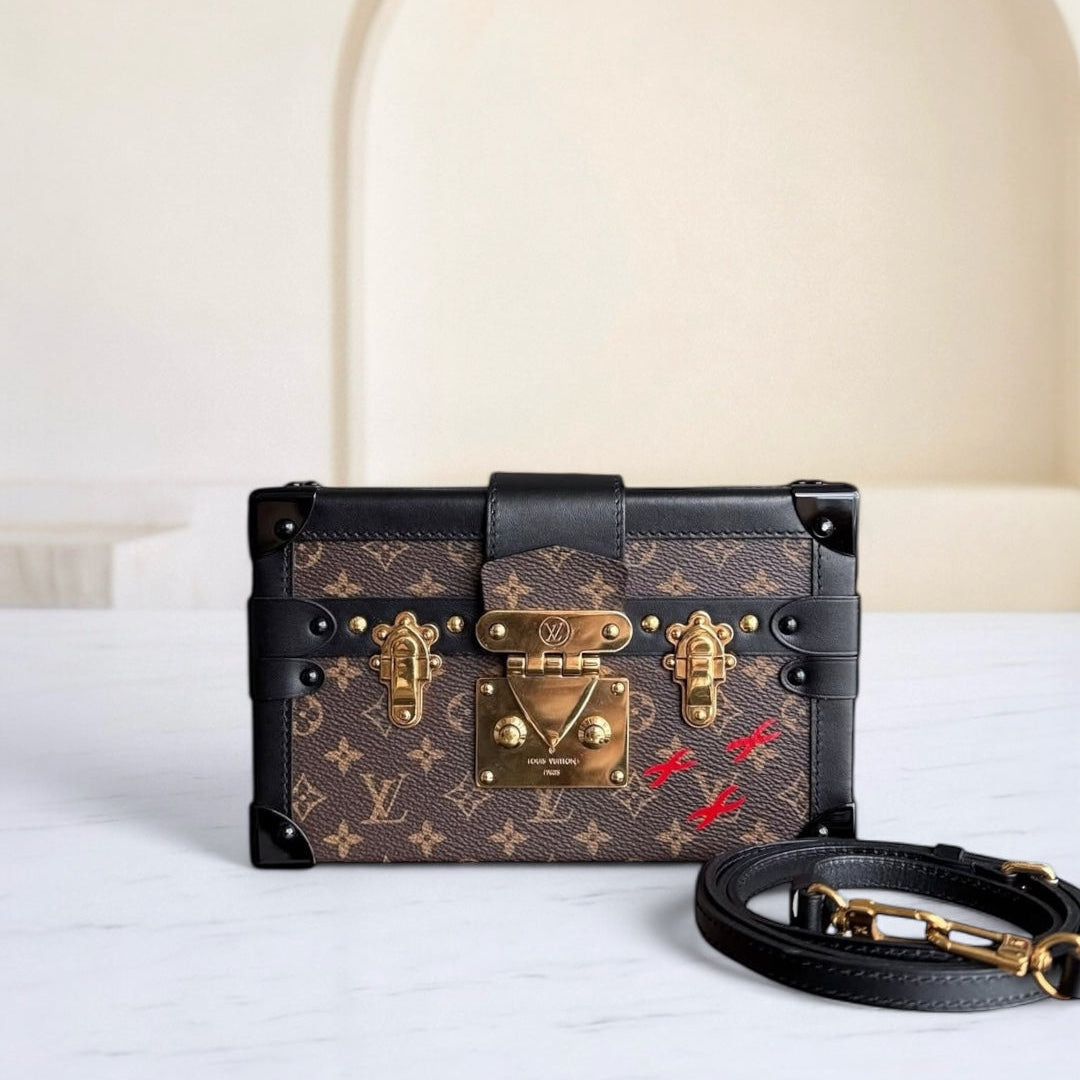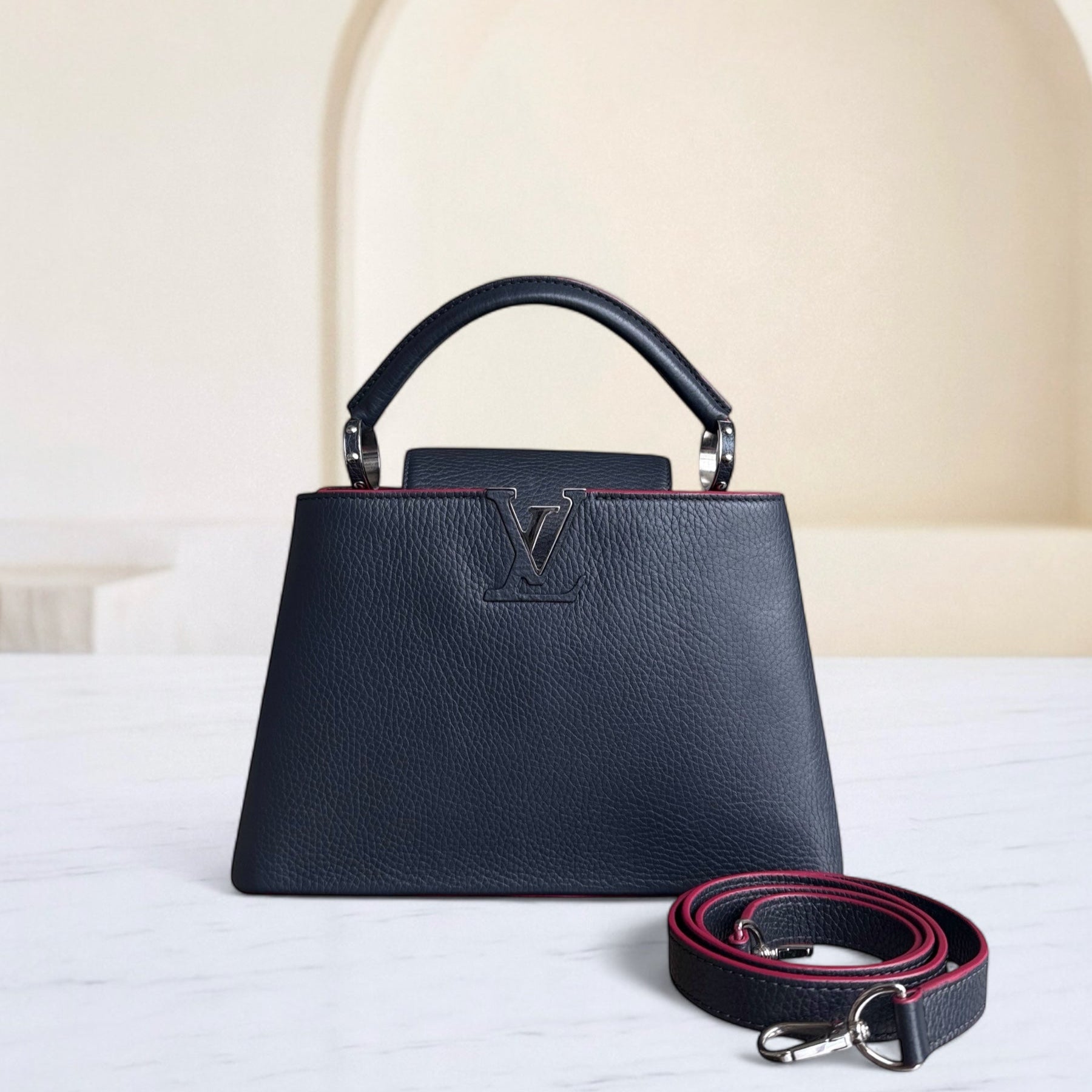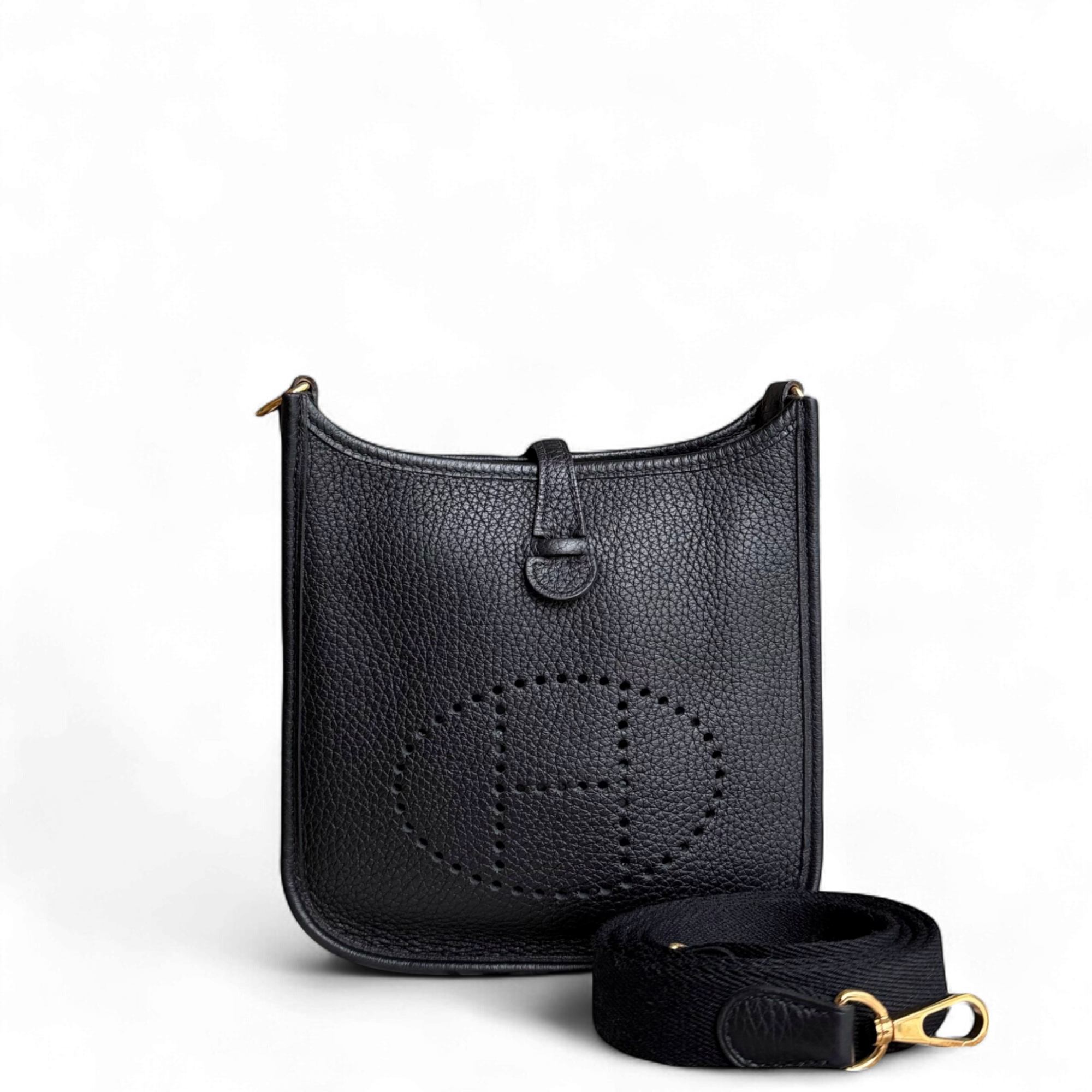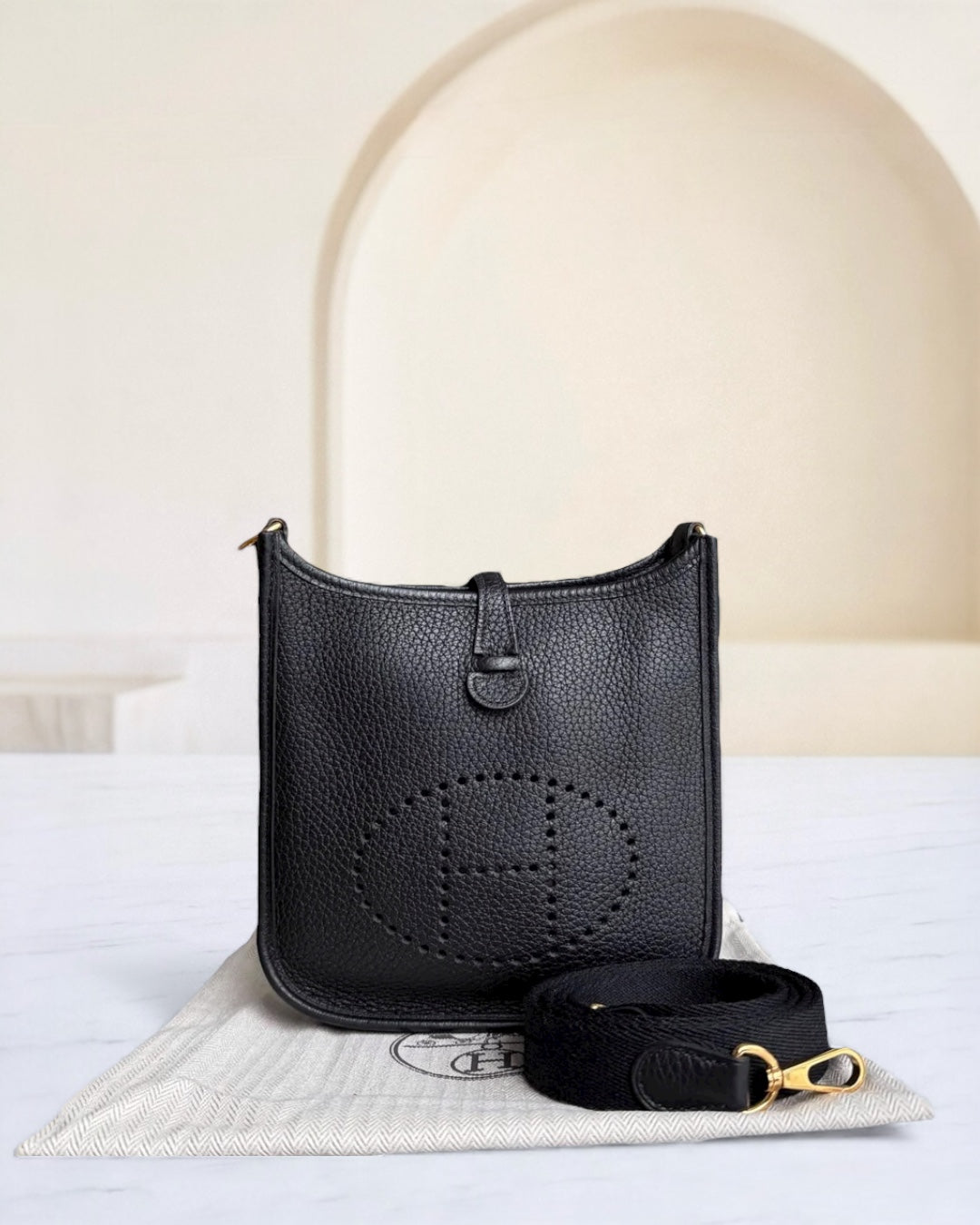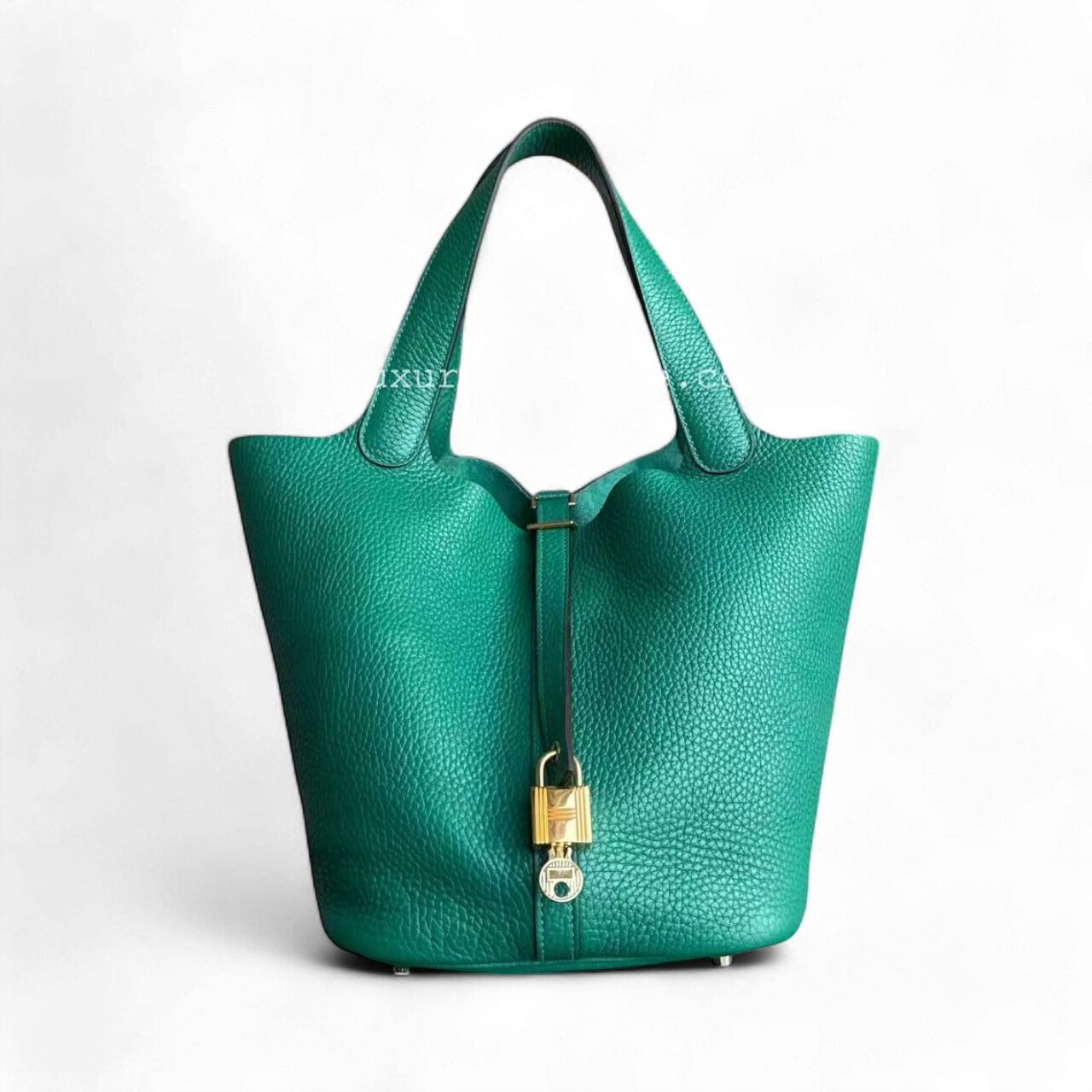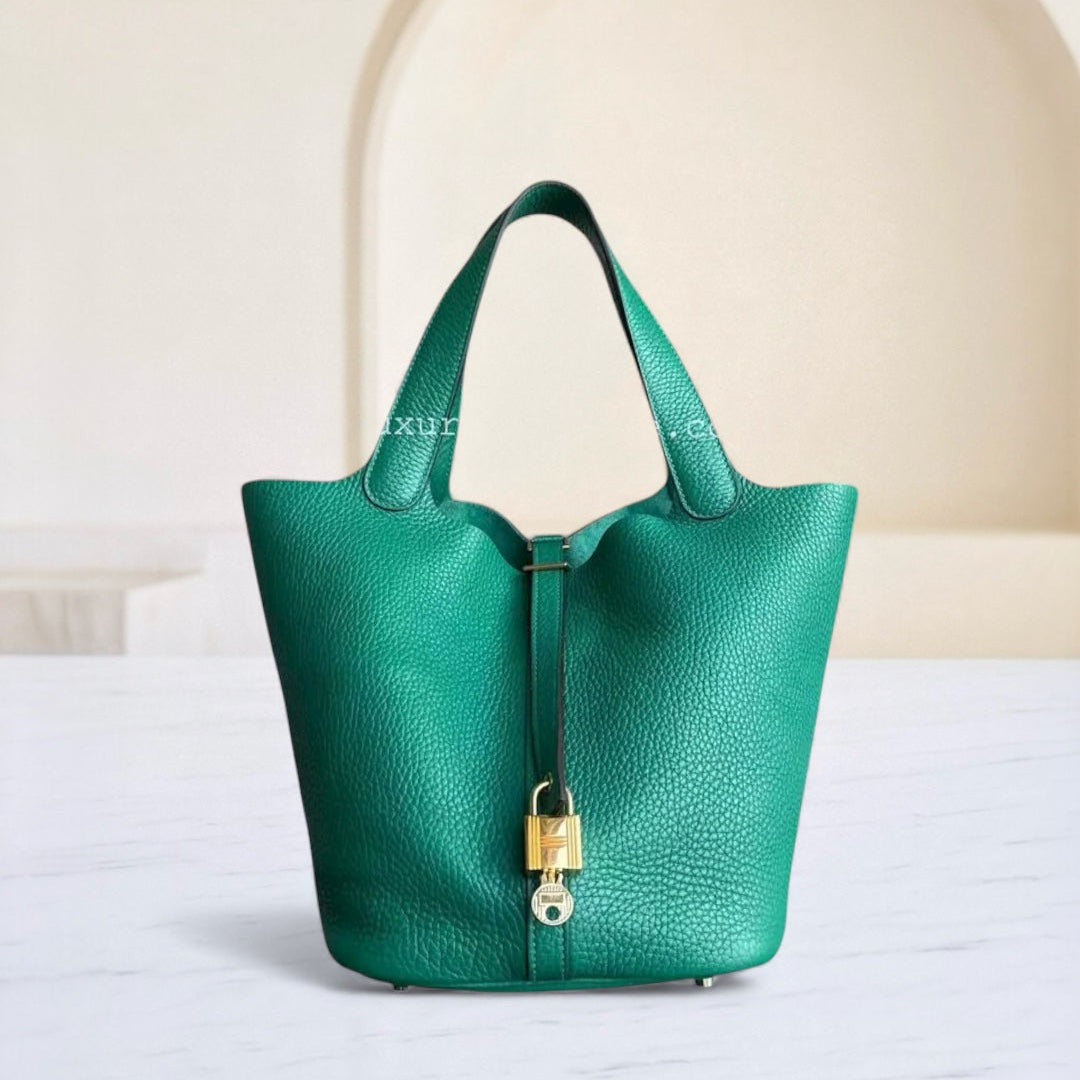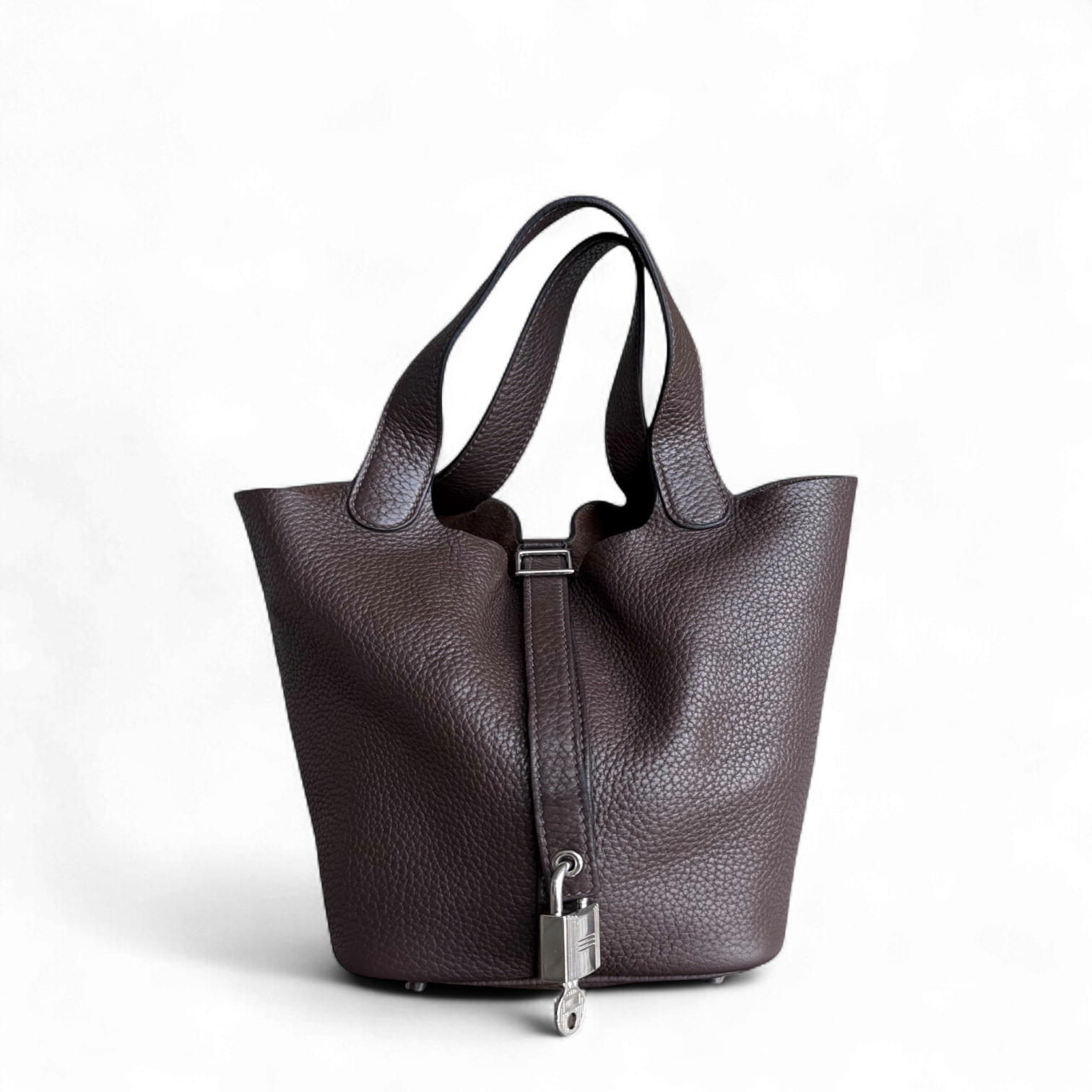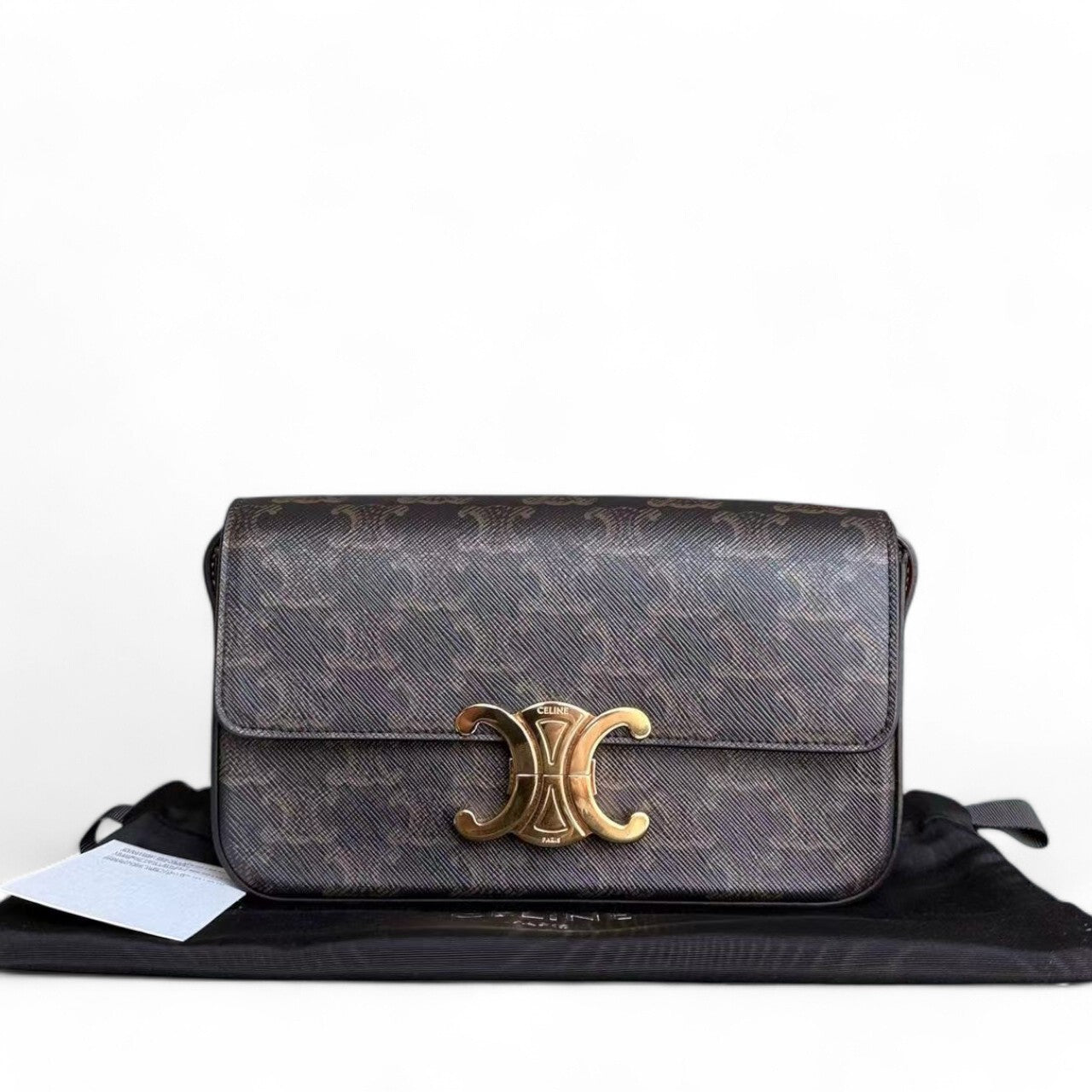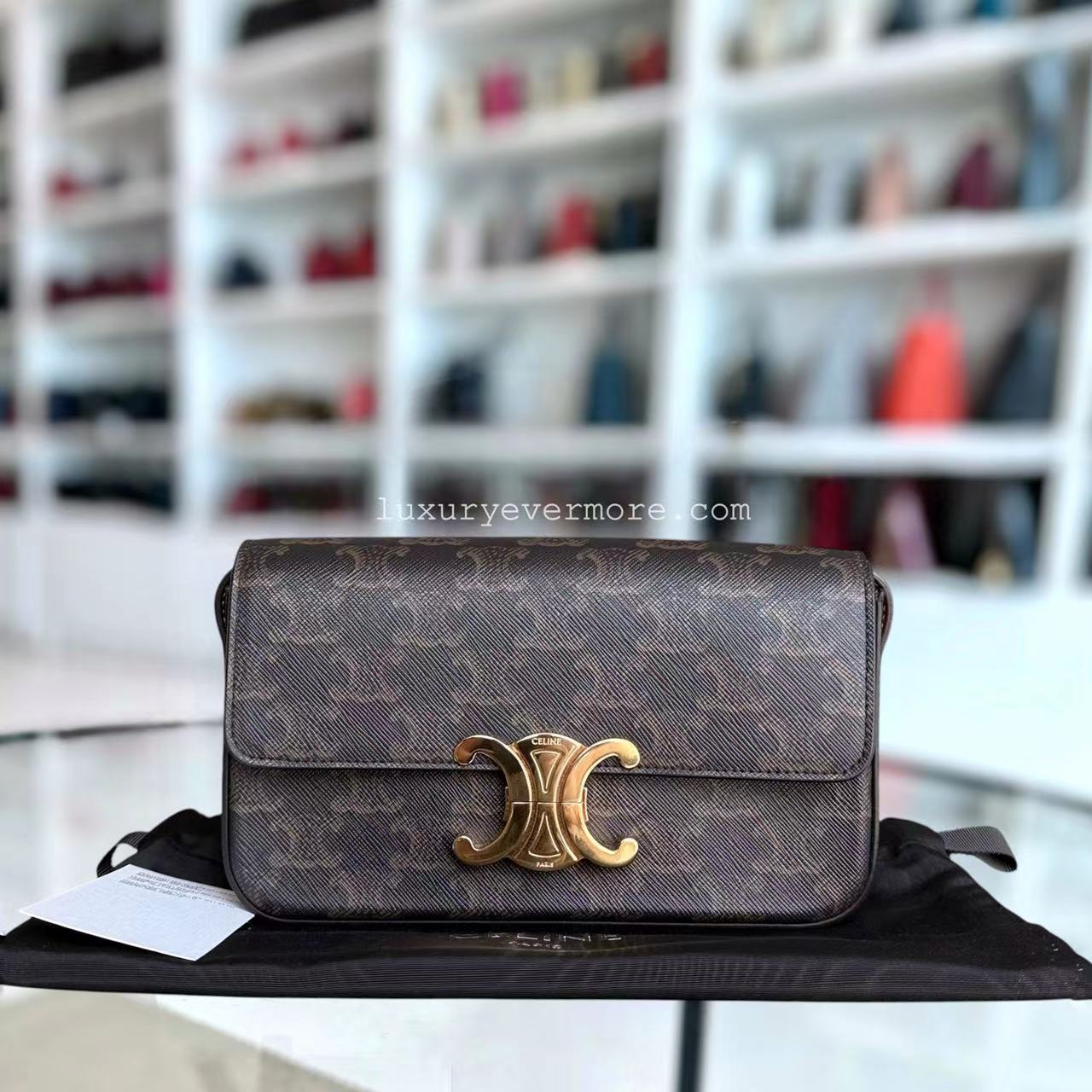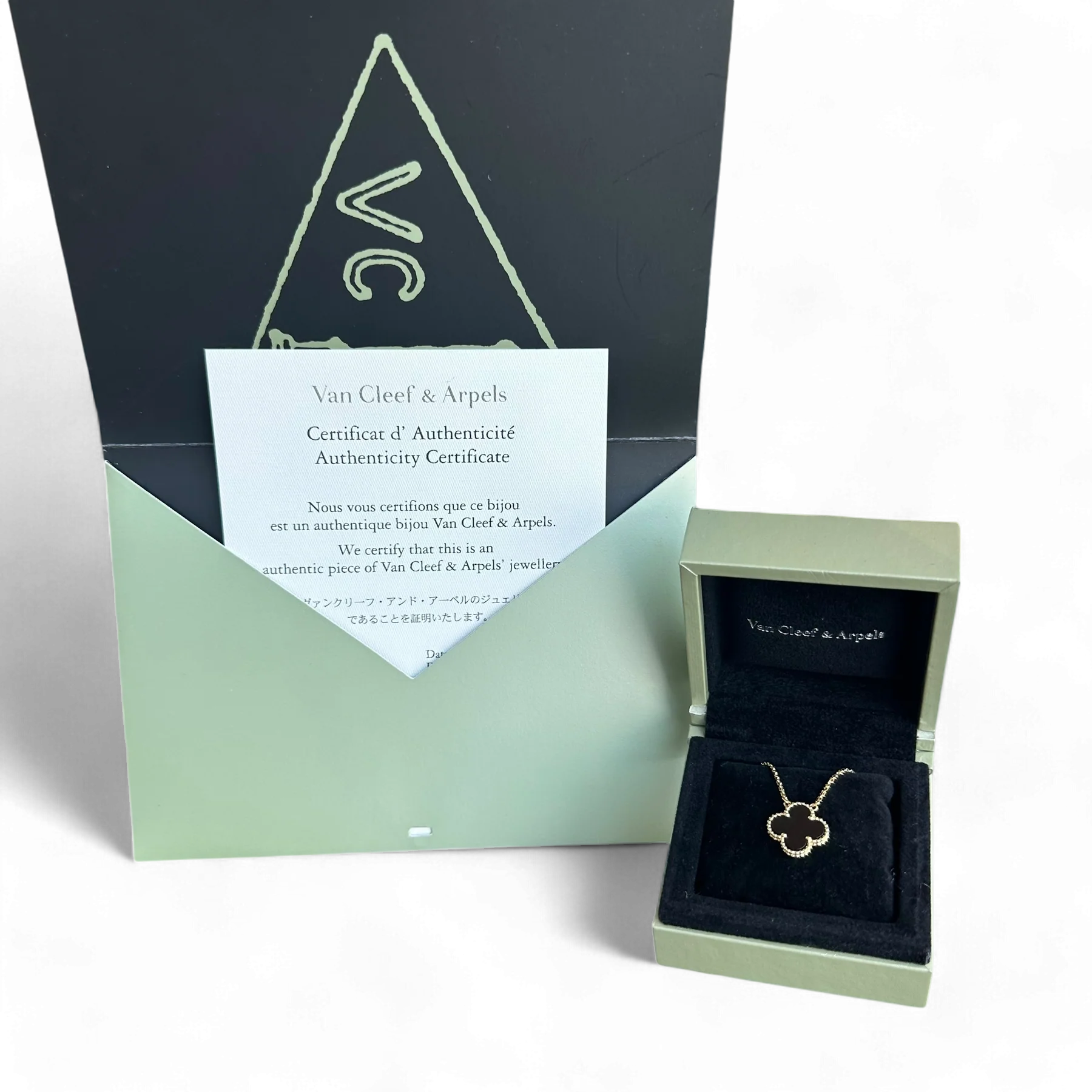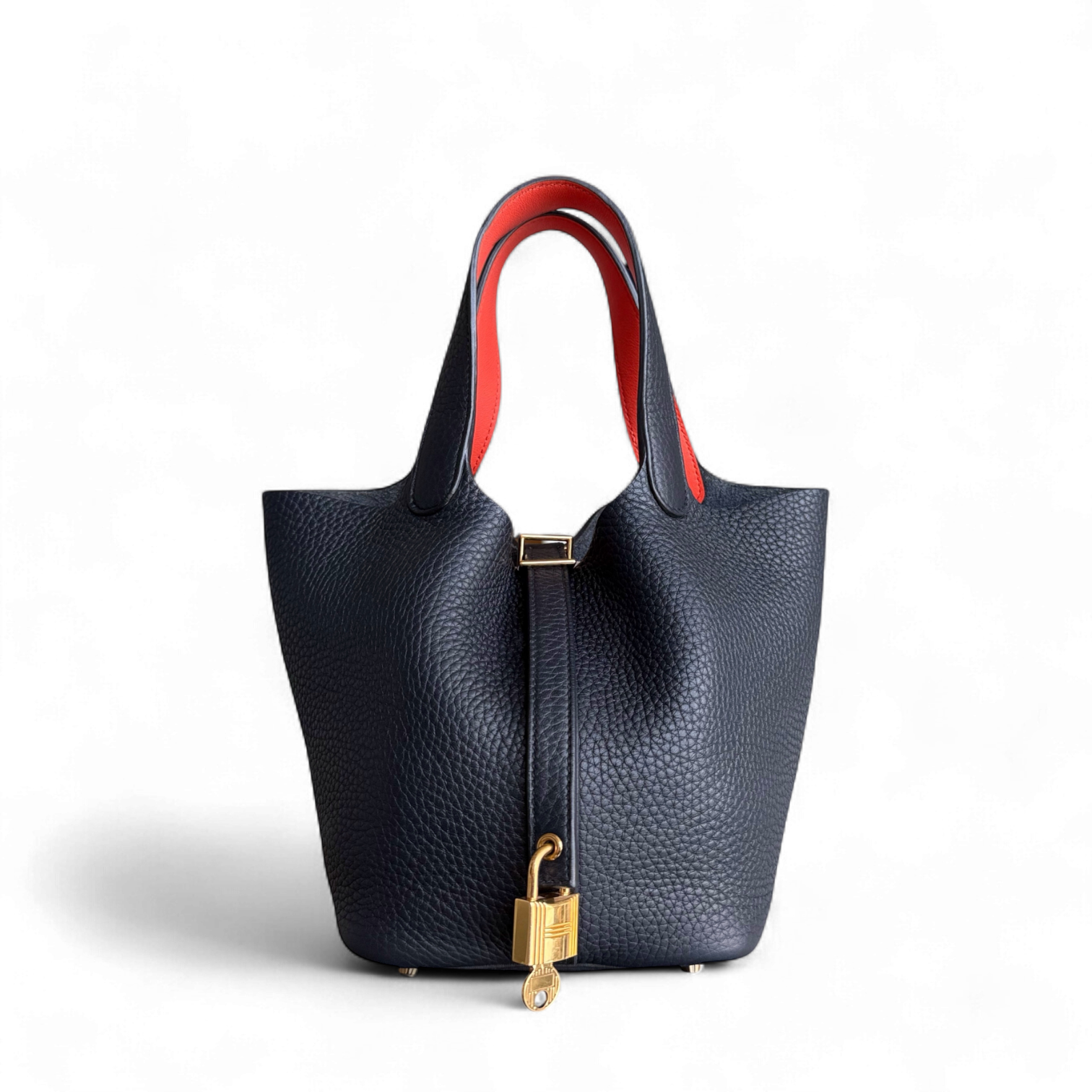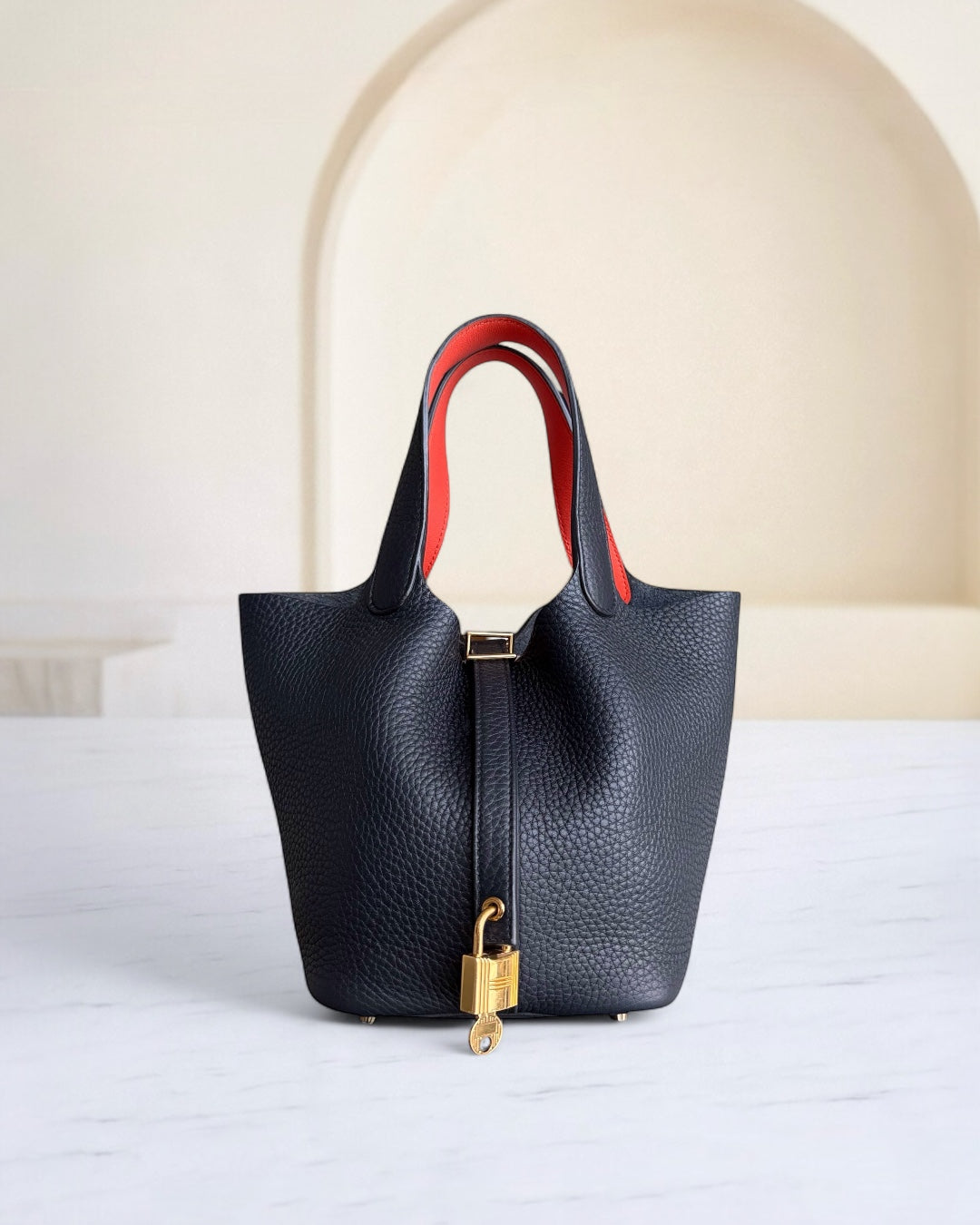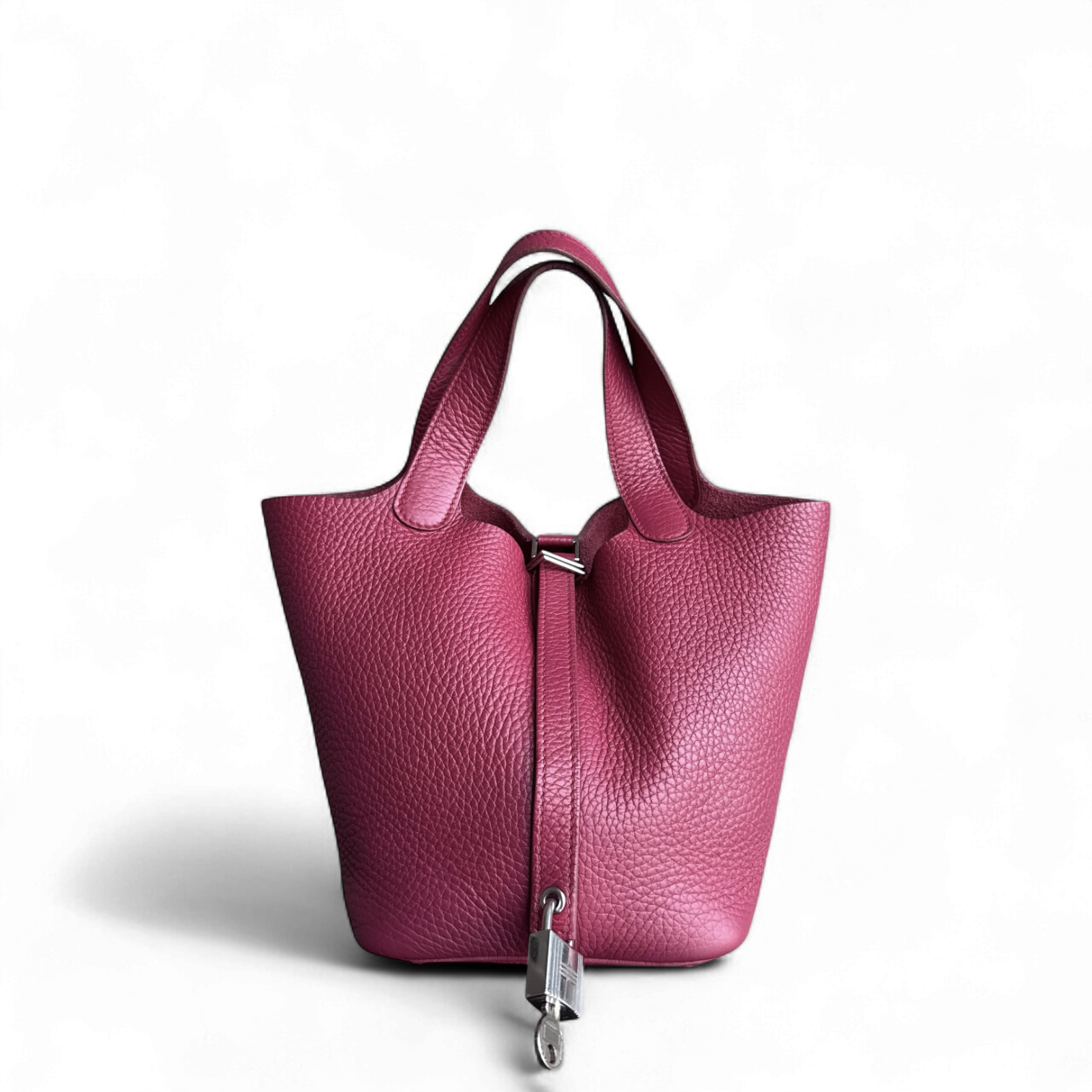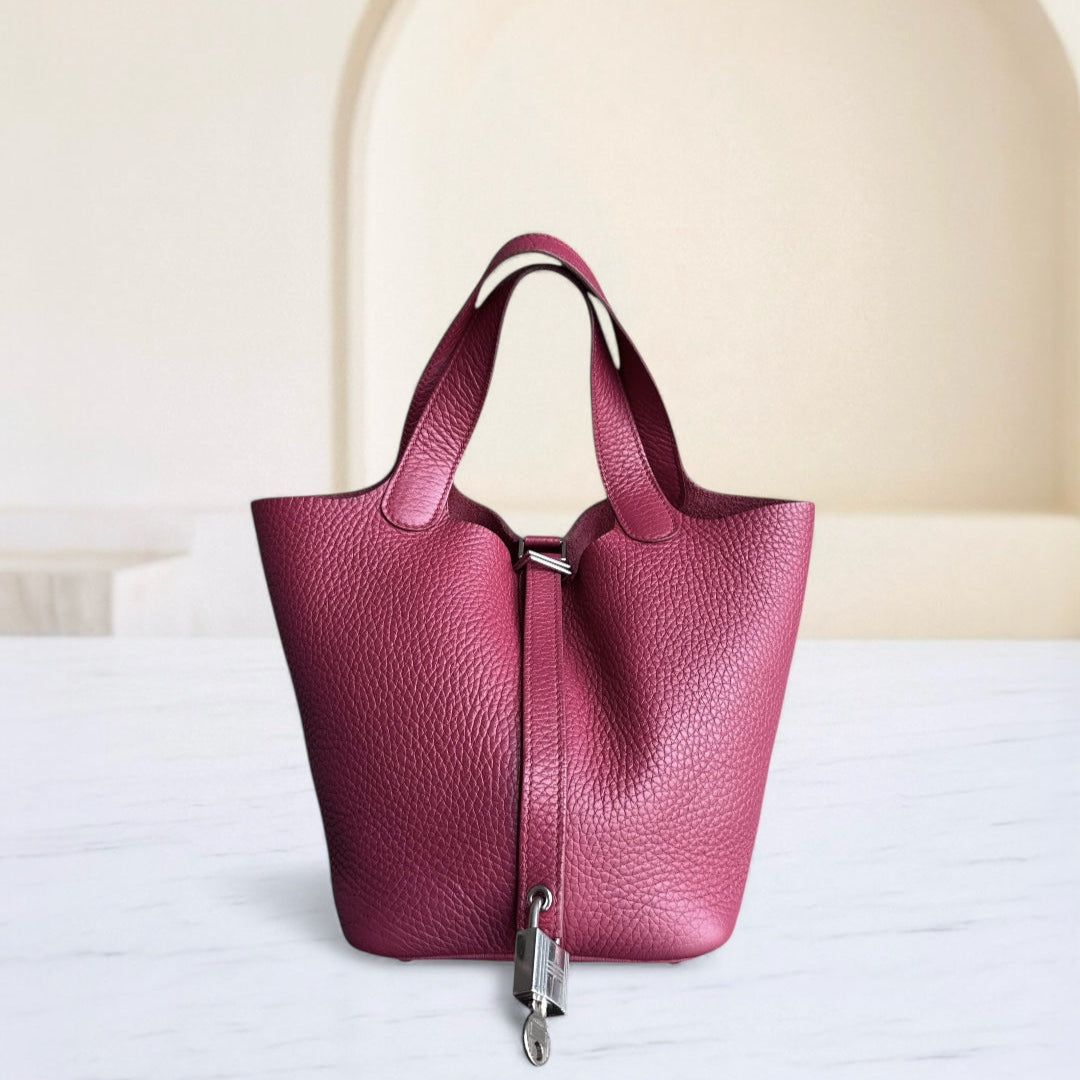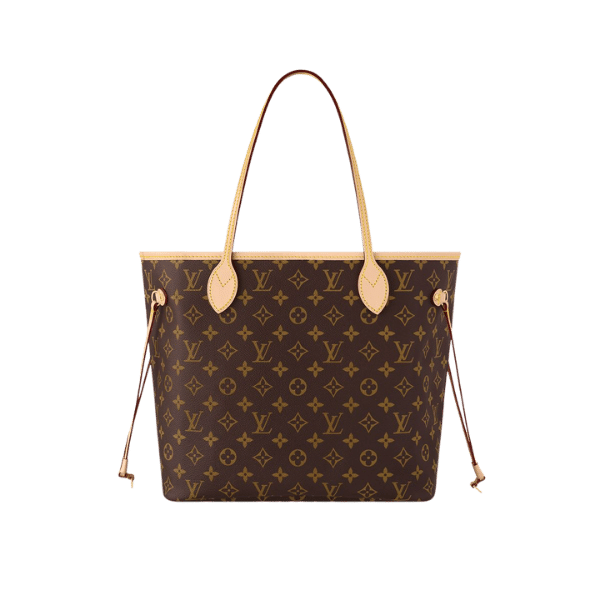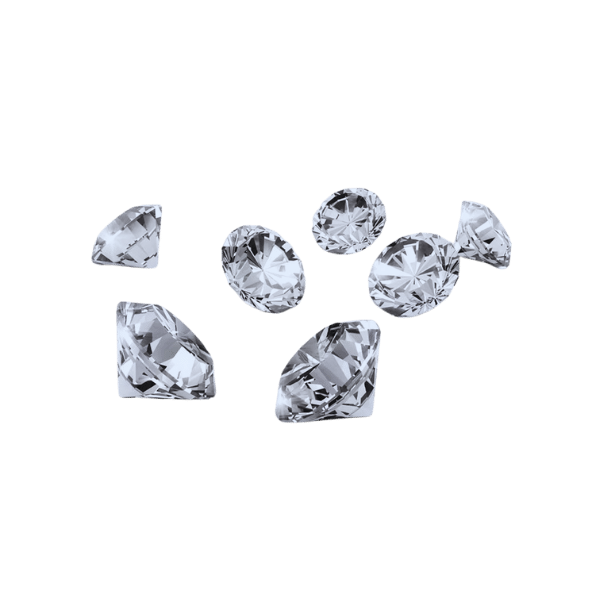Jewelry Consignment: A Comprehensive Guide to Consigning Your Jewelry Collection
Jewelry consignment presents a valuable opportunity for anyone to declutter their collection, unlock the latent value of select pieces, and offer them a second chance at acquiring an appreciative buyer. Whether one has heirlooms, modern designer pieces, or one-off pieces to sell, consignment could be a worthwhile and sustainable way to sell jewelry. However, one needs to possess a certain understanding of how the world operates to set realistic expectations and maximize returns. This guide takes you through the twists and turns of consignment. In doing so, it imparts knowledge that enables anyone to make informed choices, both in terms of selling consignment jewelry and maximizing returns on their collection. From understanding what consignment is all about to learning from the tips given here on how to find the right partner for consignment, this article should be your hope for sustaining a successful consignment experience.
Introduction to Jewelry Consignment

Jewelry consignment occurs when an individual entrusts jewelry to a third-party seller, such as a store or an online retailer, to sell the jewelry on their behalf. The seller markets and displays it and handles the sale once a buyer is found. Afterward, the original seller receives a percentage of the item's final selling price, while the selling party retains a small commission for their role in handling the transaction. This setup is convenient for individuals who want to sell stylish jewelry without having to manage the entire sales process. It offers an efficient way to reach interested buyers with the piece.
What is Jewelry Consignment?
Jewelry consignment involves working with a third-party seller to sell jewelry items. The jewelry owner consigns the jewelry items to the third-party seller for marketing, display, and sale. The seller is entitled to commission after the sale of the said item, and the remainder is paid to the original owner. In this way, jewelry sellers are empowered by the consignment process to reach a wider audience without the complexities of direct selling.
The History and Evolution of Consignment
The consignment concept originated from trade across ancient continents, where merchants would entrust goods to agents to sell in distant markets. Later on, the method evolved to facilitate commerce in specialized goods, including textiles and jewelry, thereby extending the reach of the owners. The modern consignment system gained popularity during the nineteenth and twentieth centuries, primarily in the fashion and luxury industries, as merchants sought alternatives to traditional retailing. Today, consignment remains a vital option for selling items that are both valuable and highly specialized, utilizing both brick-and-mortar stores and online platforms to connect sellers with a targeted audience.
Understanding Jewelry on Consignment
Jewelry on consignment involves the owner of the jewelry giving it to a retailer, such as a consignment store or an online platform, on the agreement that the retailer will pay the owner once the piece is sold. This allows sellers to showcase their pieces to potential clients without incurring any upfront fees, while retailers can expand their warehouses without making any purchases. Consignment serves as a vehicle for sellers to reach a wider audience, particularly for high-priced or unique items. For buyers, it means exploring a diverse array of jewelry collections, some of which may be limited in availability.
Benefits of Jewelry Consignment

Advantages for Sellers: Why You Should Consider Consigning
The consignment of jewelry affords numerous perks to the sellers. Primary among these is the exposure of their jewelry to a broader set of potential buyers without incurring any marketing expenses whatsoever. Additionally, sellers retain possession of their pieces until the end of the sale, thereby maintaining control over their property. Consignment offers the added advantage of being a safer option for selling high-priced or unique items, as a reputable retailer will handle displaying, promoting, and selling the pieces. Considering the high visibility a consignment item receives, the potential for profit gained through consignment is arguably higher than through any other selling method.
Benefits for Buyers: Finding Unique Jewelry Pieces
Consignment buyers appreciate the opportunity to choose from a curated selection of unique and one-of-a-kind pieces, including rare gems. Unlike mass-market jewelry, the majority of consignment pieces require distinct design details, a vintage allure, or simply bring a handcrafted touch that is very difficult to find anywhere else. Industry data indicate that in global markets, there is a growing demand for vintage and rare jewelry, driven by individualization and sustainability concerns, which are trending among consumers. In this regard, consignment shops offer a diverse selection of vintage pieces from various periods and styles, attracting a broad audience that ranges from hobbyists to collectors. Additionally, consignment shopping emphasizes the origin and condition of items, allowing buyers to make informed decisions, often at competitive prices for excellent quality.
Environmental and Economic Impact of Consignment
Considering the environmental advantages, consignment encourages the reuse and recycling of goods, thereby helping to redress the imbalance between waste generated and demand for new production. For instance, as one of the major environmental polluters, the fashion industry is reaping benefits from consignment activities. Industry analyses report that reusing clothing in secondhand markets can cut carbon emissions by almost 79% compared to producing new garments.
Economically, consignment supports a circular economy by extending the life of items and allowing consumers to recover residual value from products they no longer want or need. The consignment given by sellers to a consignee ensures that buyers can obtain fine-quality products at a significantly lower price. The secondhand clothing market alone is projected to reach $350 billion globally by 2030, further highlighting the economic viability and consumer interest in sustainable buying options. These, together with the environmental benefits, are what make the consignment industry a vital pillar in ensuring a greener tomorrow.
Selecting Reputable Consignment Shops

Key Factors to Consider When Choosing a Shop
- Reputation and Reviews: Opt for consignment shops with positive reviews from clients and with a reputation for quality and reliability. Online platforms can be used to identify trustworthy options, while word-of-mouth recommendations can also aid in the selection process.
- Product Quality Standards: The shop must verify the authenticity and condition of the items before listing them for sale. This minimizes the risk of receiving subpar quality or counterfeit goods.
- Transparency: Responsible consignment shops will have clear policy agreements that outline pricing, return policies, and commissions for sellers. Transparent methods reinforce trust between buyers and sellers.
- Sustainability Focus: Choose shops that adopt environmentally responsible measures, specifically those that promote recycling and waste reduction, thereby aligning with broader sustainability goals.
- Range of Inventory: A much greater choice of goods that appeal to different tastes ensures a superior shopping experience, whether for buying or selling.
Questions to Ask Your Consignment Shop
1. What’s the percentage of the sale price that sellers get?
- Typically, the percentage a seller receives will be between 40% and 60% of the final sale price. Ensure that you check the agreed-upon rates and verify if they vary between items.
2. How long do items stay on the sales floor?
- Generally, consignment shops display items for sale for anywhere from 30 to 90 days. After that, the status of the unsold items is typically either to be discounted or returned to the seller. Occasionally, these items are donated.
3. What kind of items do they accept?
- Generally, consignment stores accept items in good condition that fit their target market, including apparel, accessories, jewelry and watches, furniture, and antiques. Ask about specific guidelines or seasonal preferences.
4. What happens if my items, including jewelry and watches, do not sell?
- They are either returned to the seller, donated to charity, or moved into clearance sales. You will want to ensure you are transparent about the policies related to unsold inventory.
5. Are there fees connected with selling?
- Some shops may charge fees in advance for appraisals, listing items, or administrative services. It is best to clarify every possible charge with the shop before consigning your items.
6. How does pricing work?
- Depending on the price, conditions, brands, market demand, and whether an evaluation of diamonds or other items is required. Many shops achieve this through negotiations with sellers, while others simply provide the price without engaging in bargaining.
Preparing Jewelry for Consignment

How to Clean and Present Your Jewelry
- Clean Thoroughly: Use a soft, lint-free cloth to wipe down the surface of a jewelry piece gently. For those more delicate pieces with stones or extraordinary detailing, wash off any dirt and oils with warm soapy water and a soft brush. Never expose platinum jewelry or sterling silver to harsh chemicals or abrasive cleaners, as these could easily ruin the finish.
- Inspect for Damage: Look closely for any loose stones, bent prongs, or broken clasps. Have such repairs made by a professional before your consignment to ensure that the jewelry is in prime condition.
- Polish for Shine: For metals like gold or silver, polishing is used to restore their lustrous shine. Use a non-abrasive polish for your jewelry, or take it to a jeweler for a more thorough and professional cleaning.
- Present Professionally: Store the jewelry during transport in a clean, protective box or pouch. Also, include original certificates, receipts, or appraisals whenever possible, as this additional documentation will enhance the item's value when presenting it for consignment.
Valuation: Understanding the Worth of Your Jewelry
A value is established based on a variety of factors, such as the material, workmanship, age, and provenance of the jewelry. Typically, precious metals, such as gold and silver, are appraised by their purity: gold is usually measured in karats, and silver is measured as a percentage. For example, 24 karat gold is pure gold, while sterling silver comprises 92.5% silver. The most recent price for these metals has a significant impact on their value.
Gemstones are another important criterion in the appraisal. Among the characteristics considered are: cut, clarity, carat weight, and color. For instance, diamonds are evaluated in consideration of the famous GIA's 4Cs. Location and rarity can significantly impact the value of certain gems; emeralds and rubies, for instance, may be priced higher due to these considerations.
An item's age and design can further enhance its value, sometimes holding historical or stylistic significance. Antique and vintage jewelry command premium prices when associated with periods well known to the trade or design houses, including platinum-range items. Branded jewelry, which is opted for by top-notch luxury houses like Cartier or Tiffany, would complement the market price.
Last but not least, the item's condition bears an immediate impact on its price. Jewelry in impeccable condition, without damage, and accompanied by certification and appraisals should command premium pricing. A professional appraiser can value your pieces to provide an accurate idea of their current worth, whether you are being insured, looking to sell, or simply to put their value in perspective in the current market.
Documenting Details: Importance of Provenance and Certificates
Provenance is basically a documented history of an item, its origin, ownership, and any major events of historical or cultural interest. For jewelry, at least to some degree, the term adds authenticity to the item and traceability, which can significantly influence its market price. For example, items of jewelry with a history and documented ownership by famous individuals or belonging to iconic collections fetch higher prices at auctions and private sales. The "Marie Antoinette Pearl," for example, sold for $36 million in 2018, due to its royal provenance.
Certificates, on the other hand, establish vital proof of an item's particular qualities and identity. Recognized gemological institutions, such as the GIA (Gemological Institute of America) or the IGI (International Gemological Institute), issue certificates that state important features, including carat weight, cut, clarity, and color, for a gemstone. They verify the quality of the gemstone, providing the buyer with assurance through transparency. Market trends indicate that certified diamonds or gemstones typically command premium prices over uncertified ones, as buyers have greater assurance regarding their legitimacy and quality.
For maximum value and credibility, it is foremost to ensure that accurate provenance and certificates accompany jewelry pieces. Proper documentation not only shields against fraud but also enhances desirability and trust in competitive markets.
Types of Jewelry for Consignment

Fine Jewelry: Diamonds, Rings, and More
Fine jewelry comprises a variety of precious pieces made of metals such as platinum and sterling silver, set with precious and semi-precious stones, and crafted with such detail that they have both merriment and sentimental value. Being the focal points of most fine jewelry, diamonds are conventionally judged according to the Four Cs: cut, color, clarity, and carat weight. For instance, a diamond with a perfect cut can reflect light internally, thereby maximizing its brilliance and significantly enhancing its appeal and value. Therefore, these stones are set in rings for engagements, weddings, or just to make a statement, usually surrounded by exquisite details. Aside from diamonds, other famous stones used are sapphires, emeralds, and rubies, which are treasured for their vibrant colors and rarity.
According to industry reports, Demand for fine jewelry has maintained steady growth worldwide, with preferences generally inclined toward ethical sourcing, sustainability, and the use of gemstones. Gold and platinum are popular choices for base metals due to their exceptional durability and enduring beauty. Vintage pieces, as well as custom designs, are in increasing demand, paralleling a growing trend toward personalization in the exclusive jewelry sector. These market demands and quality material factors should be understood by anyone buying or selling fine jewelry.
Watches and Their Resale Value
The resale value of watches is determined by several key variables: brand reputation, rarity, condition, and the asking price in the buy-sell market. The very top brands, such as Rolex, Patek Philippe, and Audemars Piguet, retain high resale prices due to their exceptional craftsmanship, reputation, and worldwide fame. For instance, some Rolex models, such as the Submariner and Daytona, are known to appreciate over time and are therefore highly sought after for investment purposes.
Limited-edition and discontinued models experience a significant price increase due to their rarity and the high standing of collectors. Besides that, condition means a lot: a watch in almost perfect condition, with its original box and papers, would generally bring a very high price on the secondary market. Demand can, of course, fluctuate around what's trendy at any time; trends are vintage watches or watches with uncommon complications.
The demand for luxury watches has increased considerably in recent years, largely due to the emergence of new wealth in emerging markets and the growing recognition of fine watches as investment assets. Owners must stay up-to-date with these developments while maintaining their watches to ensure a long-term return on their investment.
Antique and Vintage Jewelry Trends
The market for antique and vintage jewelry is thriving, blending timeless craftsmanship with the growing demand for sustainable fashion among consumers. There is always a demand for Art Deco and Victorian jewelry, with many collectors and buyers concentrating on unique designs, excellent materials, and historical heritage. Industry data suggest a surge in interest in gemstone jewelry, particularly in rare stones like rubies, sapphires, and emeralds, which are known to appreciate over time.
Moreover, sustainability-conscious customers are largely driving a renewed interest in repurposed and heritage pieces, as well as bespoke restoration services. The rapid rise of online marketplaces and niche dealers has also expanded access to vintage collections, providing a wide range of exposure to these in-demand items. In terms of investment, antique jewelry is a tangible asset whose future valuation is significantly influenced by rarity and provenance.
Frequently Asked Questions (FAQs)
Q: What is jewelry consignment?
A: Jewelry consignment allows people to sell their jewelry pieces through a jewelry shop or consignment agency. The store will display the pieces and retain a percentage of the sale price after the jewelry is sold. Sellers thereby attract more buyers without having to go through the sale themselves.
Q: How does the consignment process work?
A: You bring your jewelry to a jeweler or consignment store, which appraises the pieces and discusses pricing with you, then agrees to the terms for the consignment of jewelry and watches. Once the sides have reached an agreement on the display, the store markets and sells the items. A sale shall be followed by payments to you based on the agreed percentage of the proceeds for your piece of jewelry, allowing you to live a hassle-free life.
Q: What types of jewelry can I consign?
A: You can consign any sort of jewelry, be it an engagement ring, necklace, bracelet, earrings, or pieces from top-notch lines such as Tiffany or Cartier. Estate jewelry and unworn jewelry can also constitute consignment items.
Q: How do they determine the price of consignment jewelry?
A: Pricing for consignment jewelry is typically based on several factors, including the condition of the item, its brand, its age, and what the trends are in today's market. Additionally, your consignment jewelry expert will assess your piece and guide you in securing the best price.
Q: Can my jewelry be sold through consignment online?
A: Yes, many jewelry stores conduct consignment online. This attracts a broader audience of buyers for your jewelry items, thereby increasing the opportunity for a sale. If you want to sell your jewelry without the constraints of a brick-and-mortar store, this is a good option to consider.
Q: What do you suppose is done to sell my jewelry pieces?
A: If you want to sell jewelry, start by contacting a local jeweler or consignment business. They will appraise the items and talk you through the consignment procedure. Be sure to keep any documentation or certificates relating to your pieces, especially if the jewelry is high-end or designer.
Q: How do I make sure my jewelry is authenticated?
A: To make sure your jewelry is authenticated, it is best to work with a reputable jeweler or consignment expert who can evaluate and verify the items for you, thereby including gemstones and precious metals in this verification. This will give you some peace of mind during the selling process.
Q: What are the advantages of consigning jewelry?
A: The advantages of consigning jewelry are that it allows you to use the expertise of jewelry people who will work professionally in the sale of your items. It offers a way to exhibit your pieces without engaging in direct selling, and consigning may often be the more financially advantageous option.
Q: How do I get in touch with you if I want to hear more about consignment jewelry?
A: Please write to us for more information about consignment jewelry and how you might begin, using the contact information on our Website. Our staff is available and willing to assist you with selling your jewelry and answer any questions you may have about the process.
Reference Sources
1. Gemological Institute of America (GIA) Manual: Selling Gemstones and Jewelry
- This text provides insight into selling jewelry on consignment and through estate jewelry stores.
2. Penn State University - Entrepreneurship Law Blog: Consignment Considerations in a Retail and Resale Revolution
- The article discusses consignment from the perspectives of legal and entrepreneurial issues, including considerations that need to be taken into account, as well as the risks and methods to mitigate them.
3. Jewellery
Contact Luxury Evermore should you need help with acquiring or building up your collection. There is a variety of brands with different styles, as well as sizes, and colors, for example, Hermes, Chanel, lv and Dior. If you are not lucky enough to find the bag you are looking for on our website then our concierge team will probably be able to order it for you. We provide 100% authenticity guarantee for all our bags, and any item sold on this site will be dispatched to you within one to two business days upon receipt of the payment.

